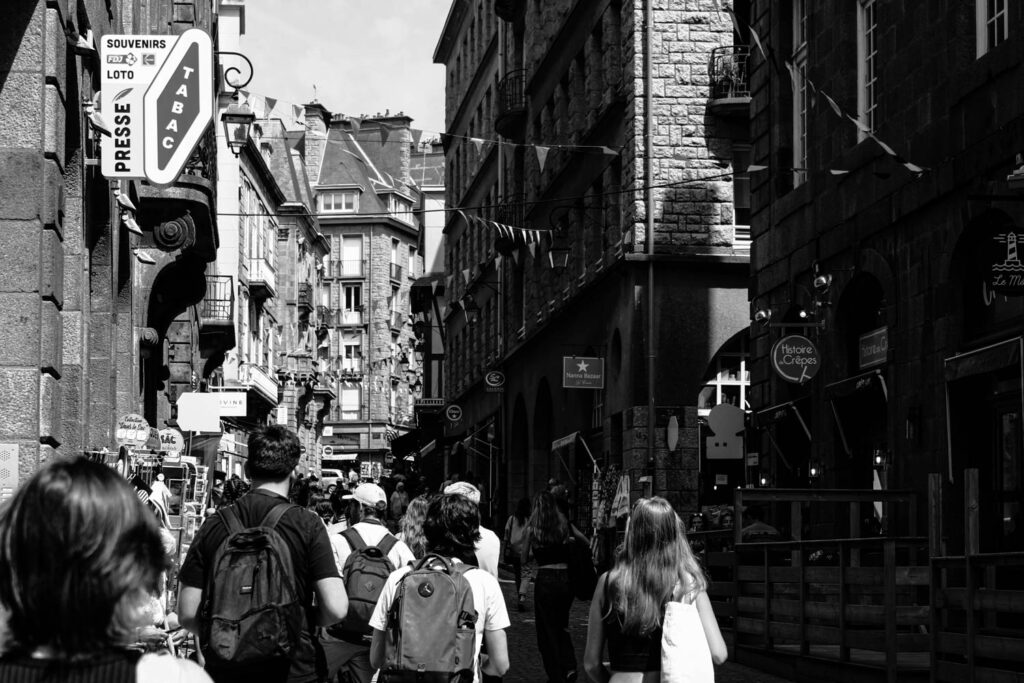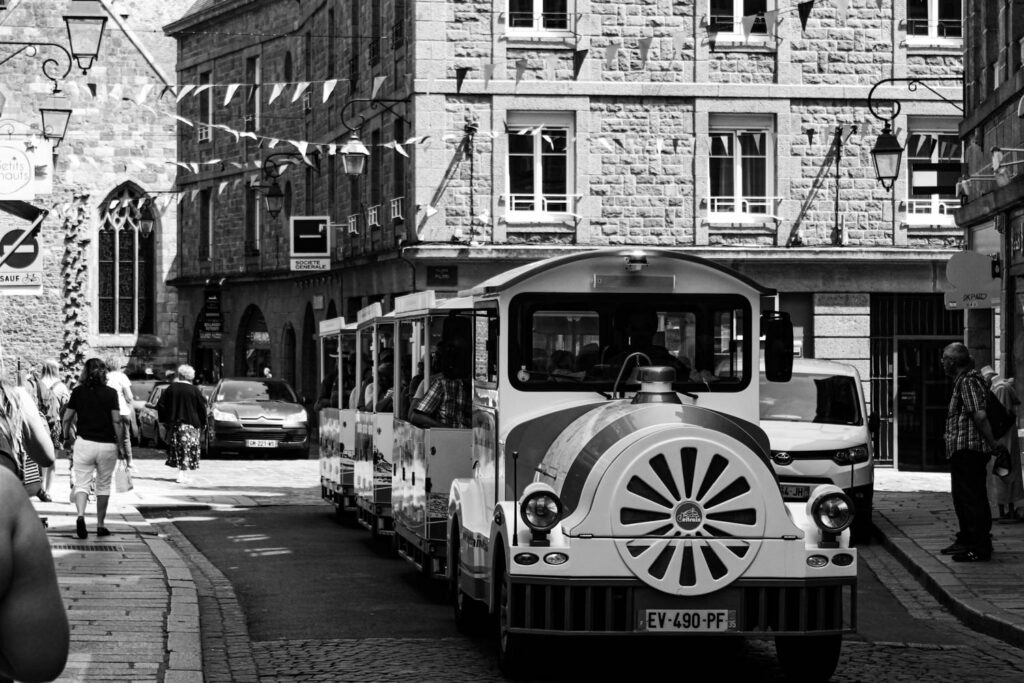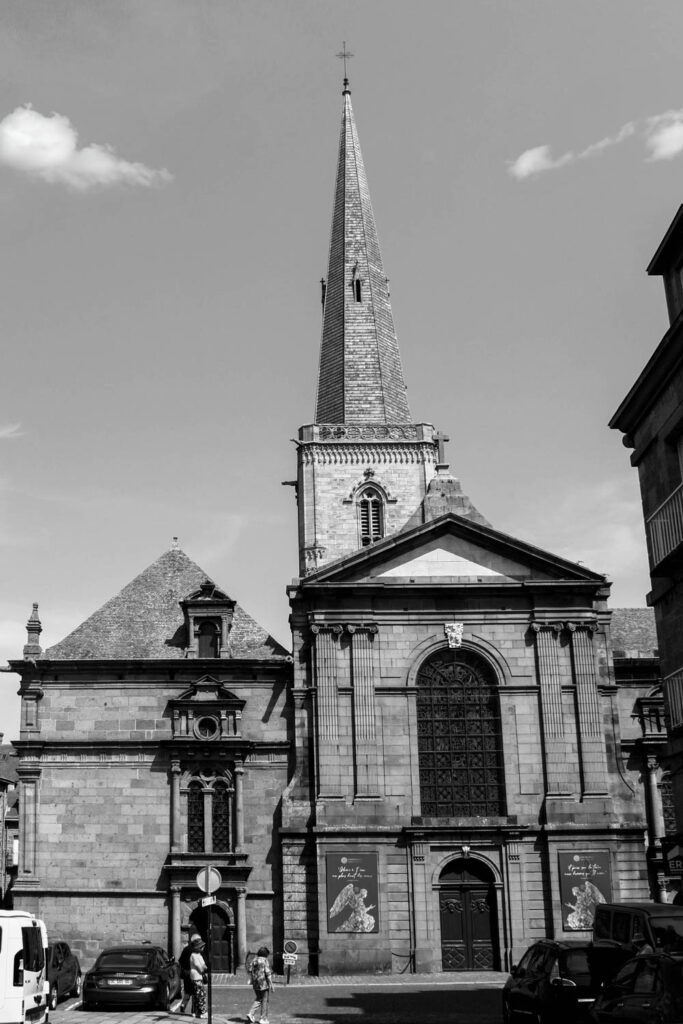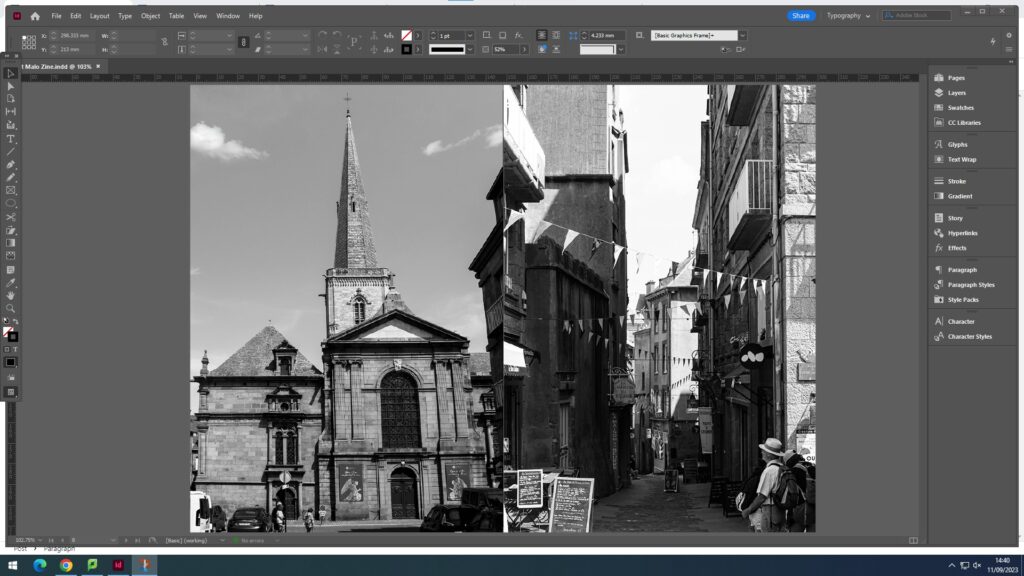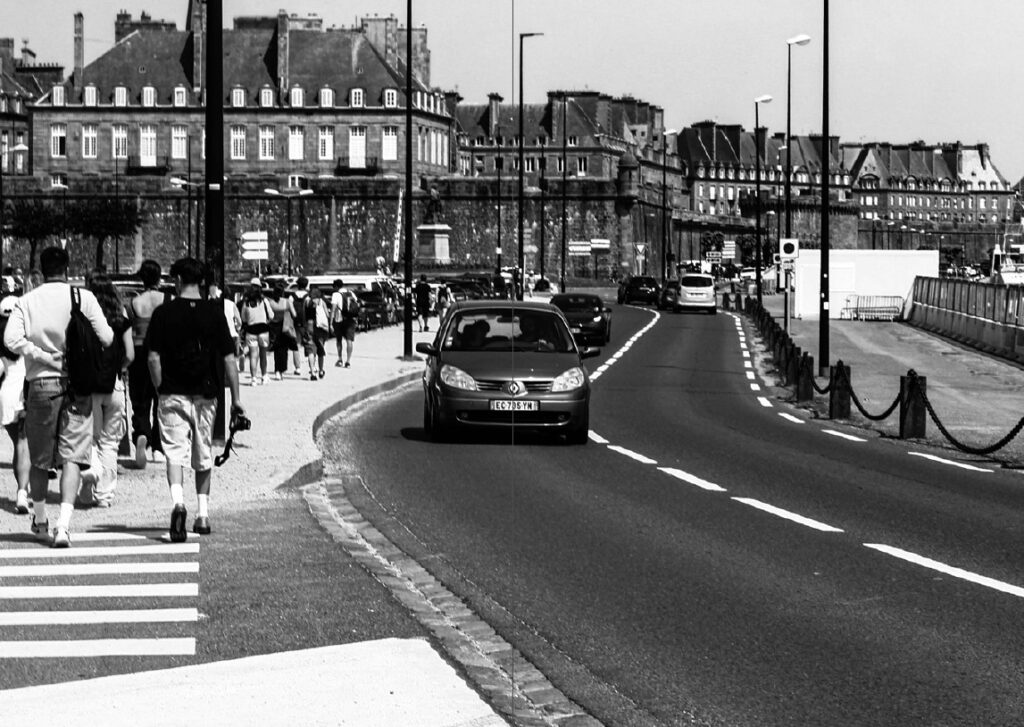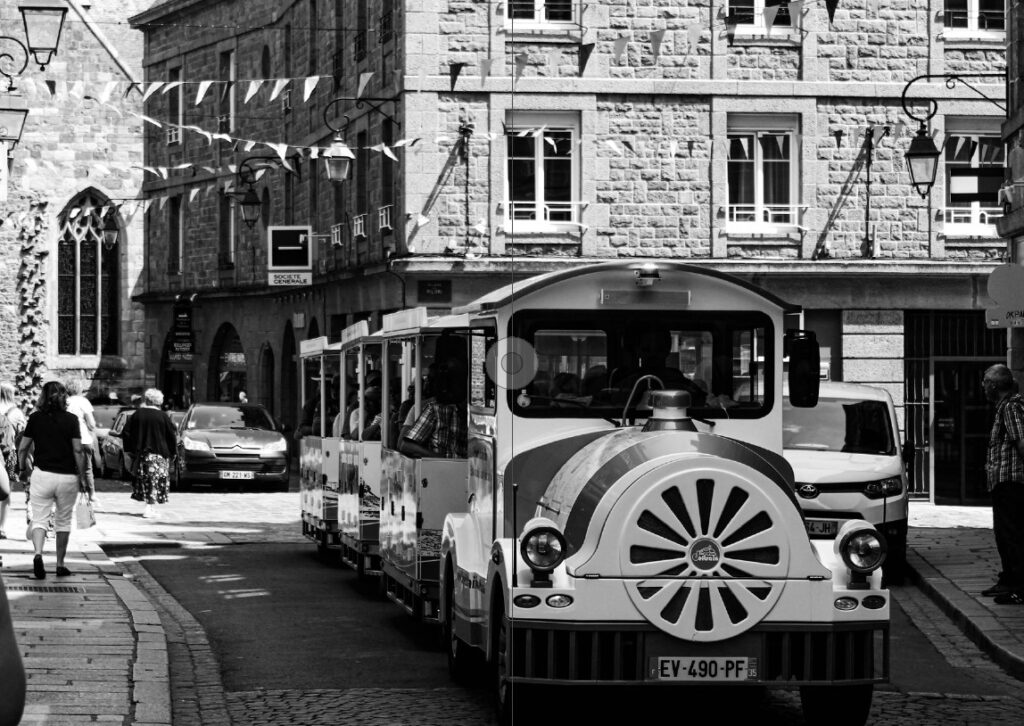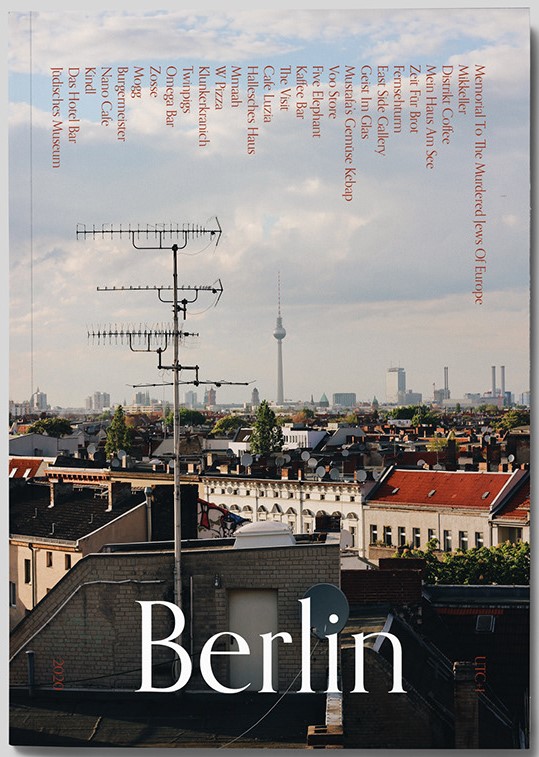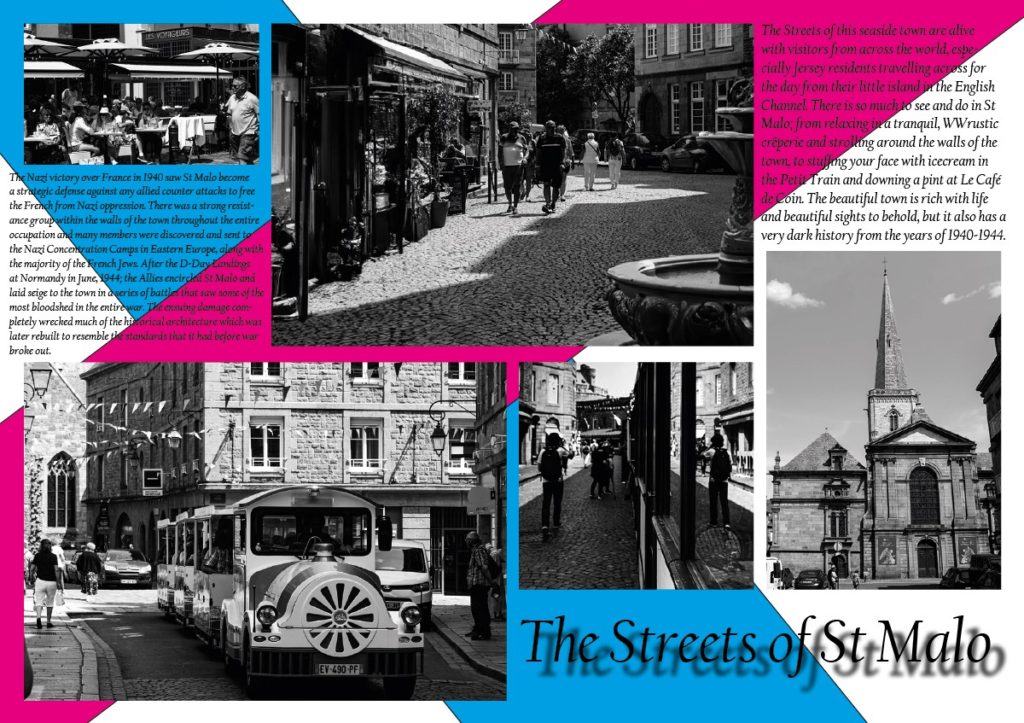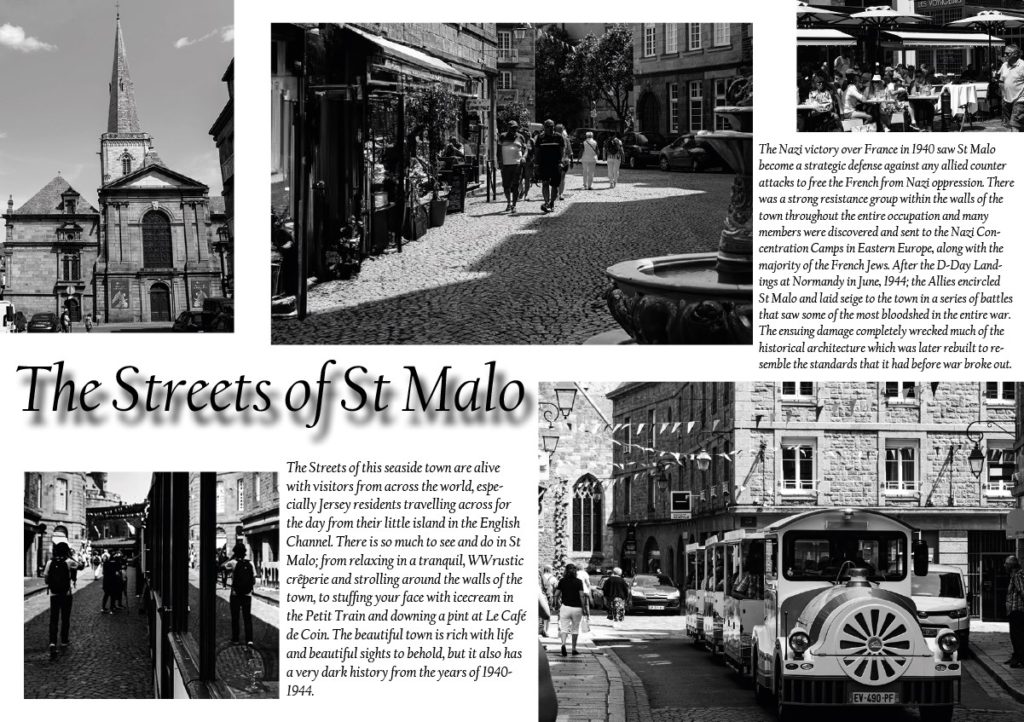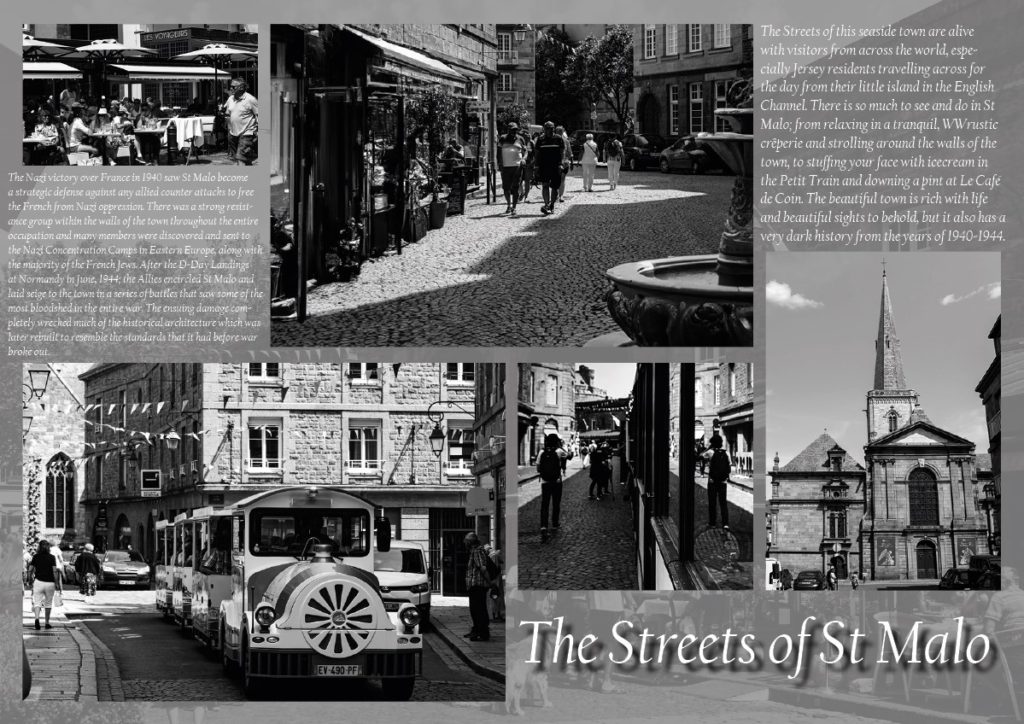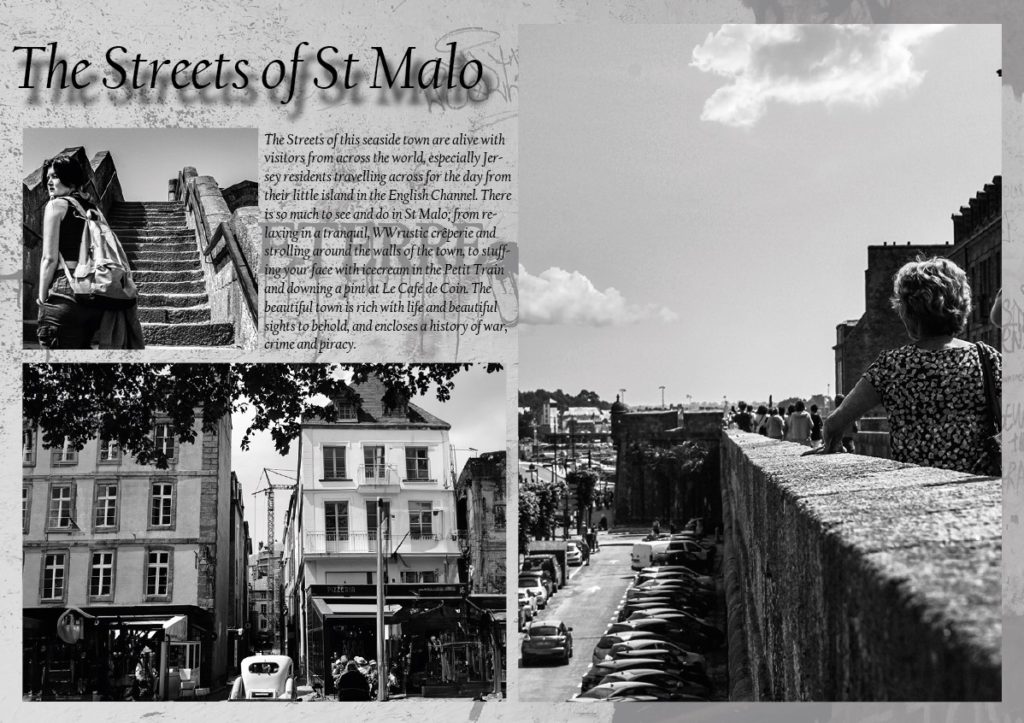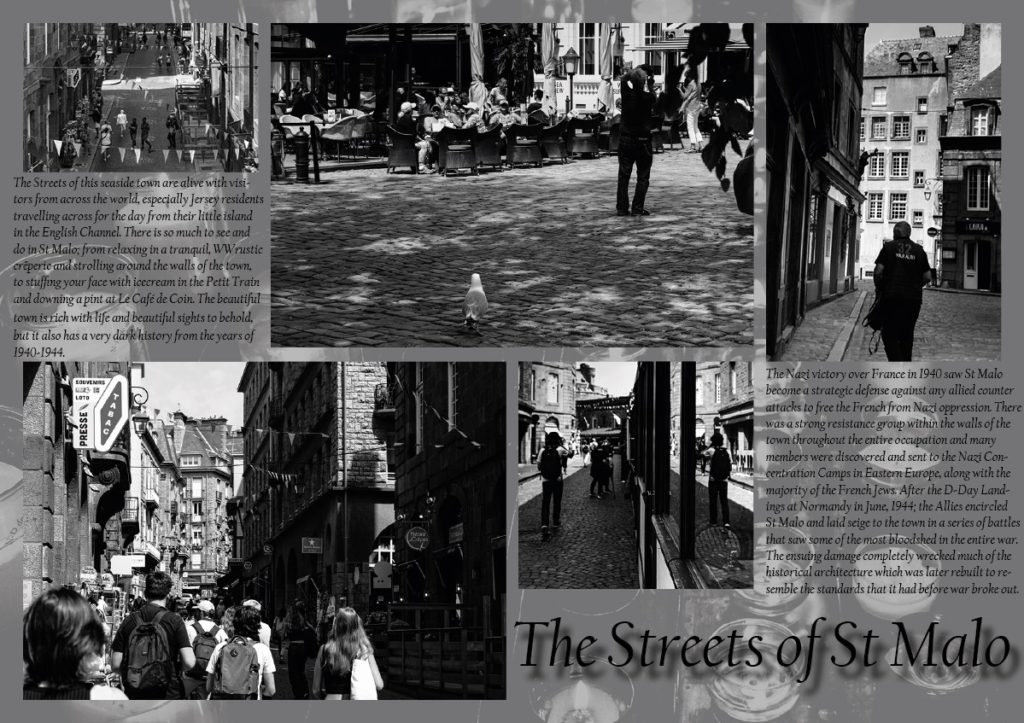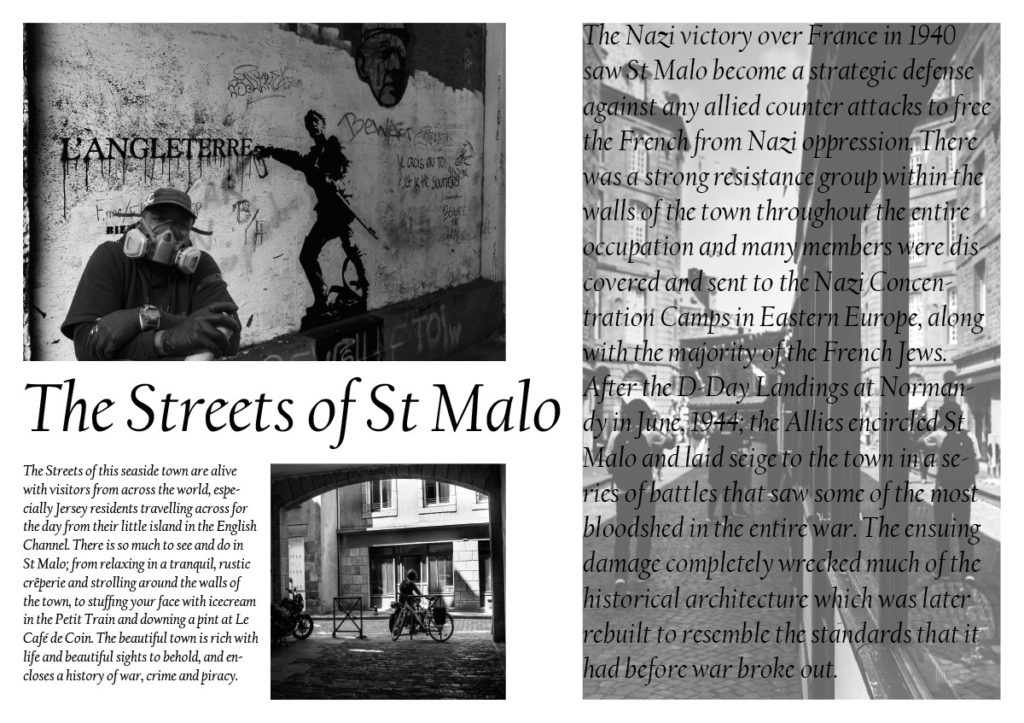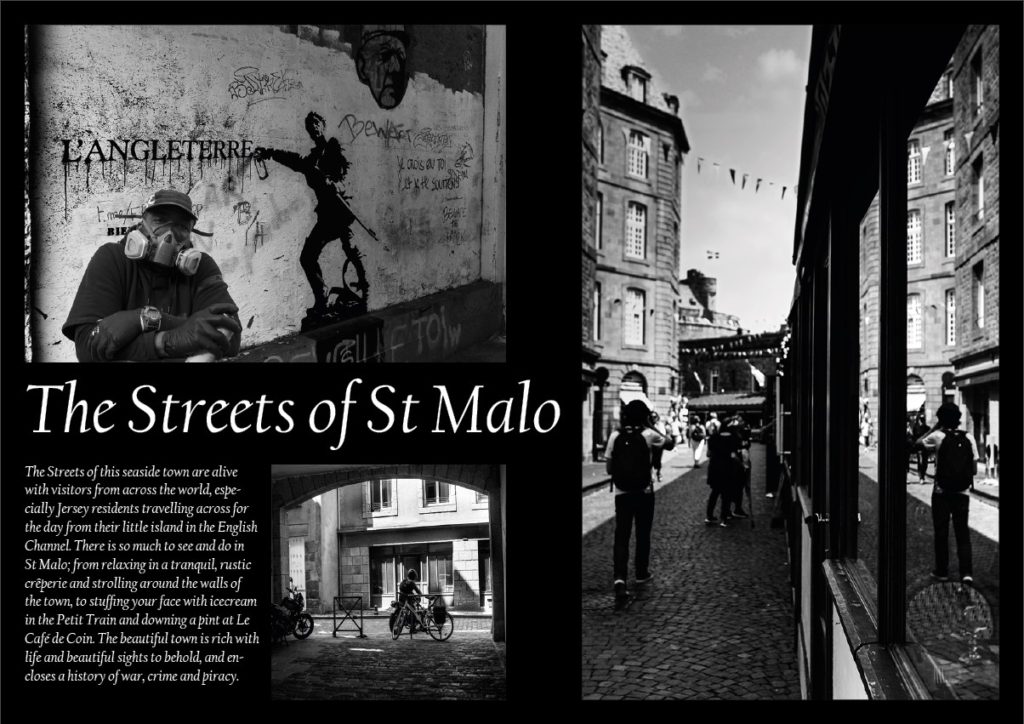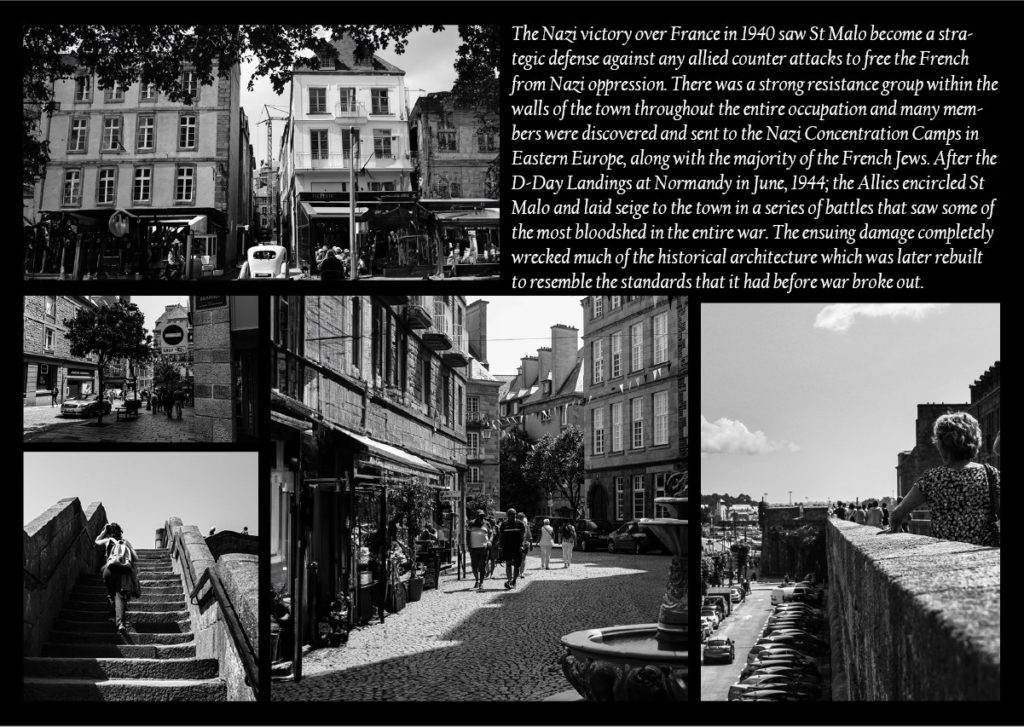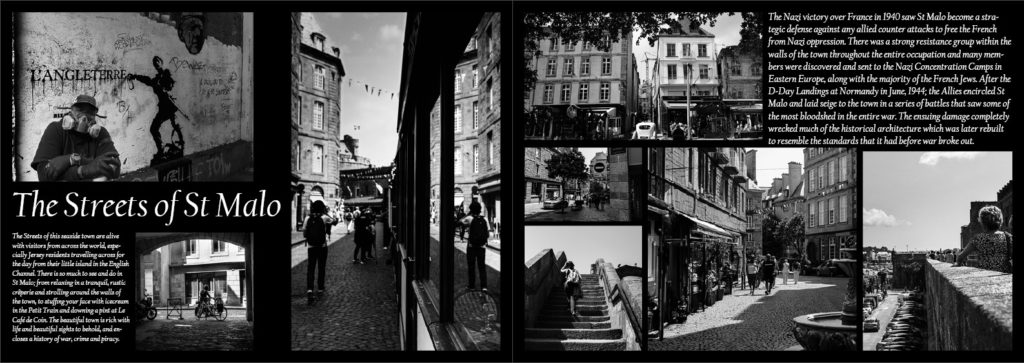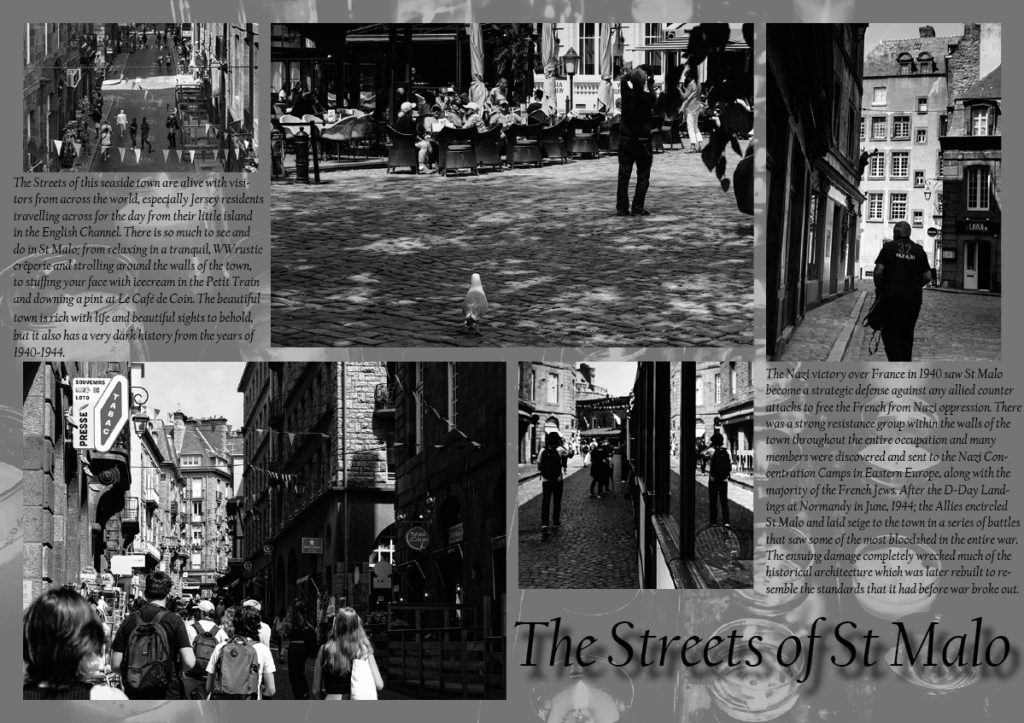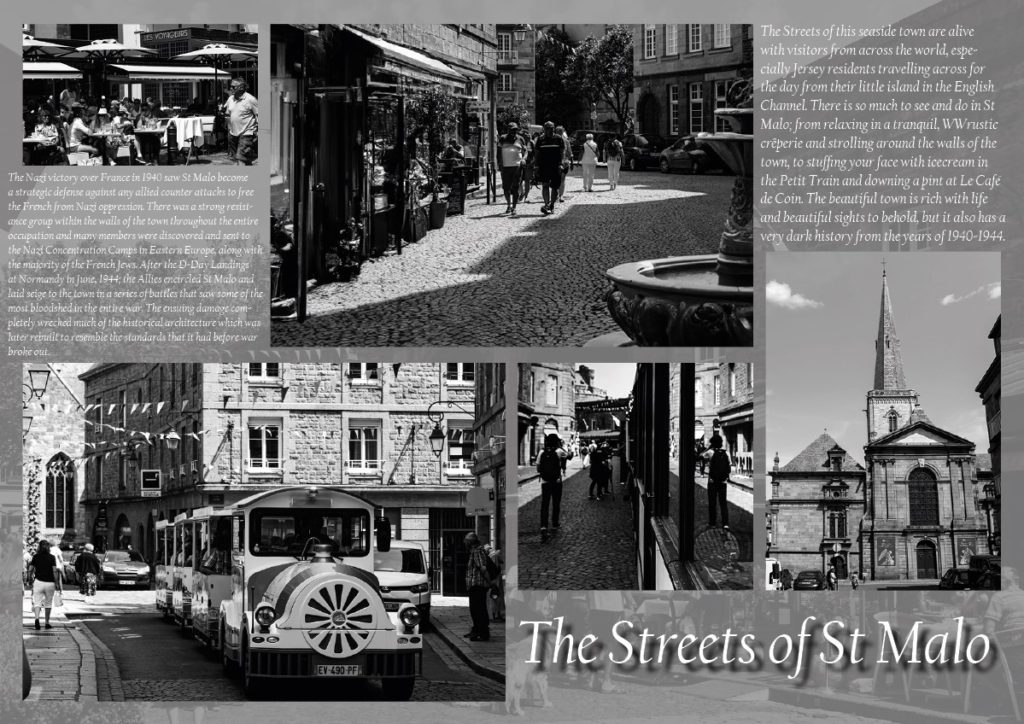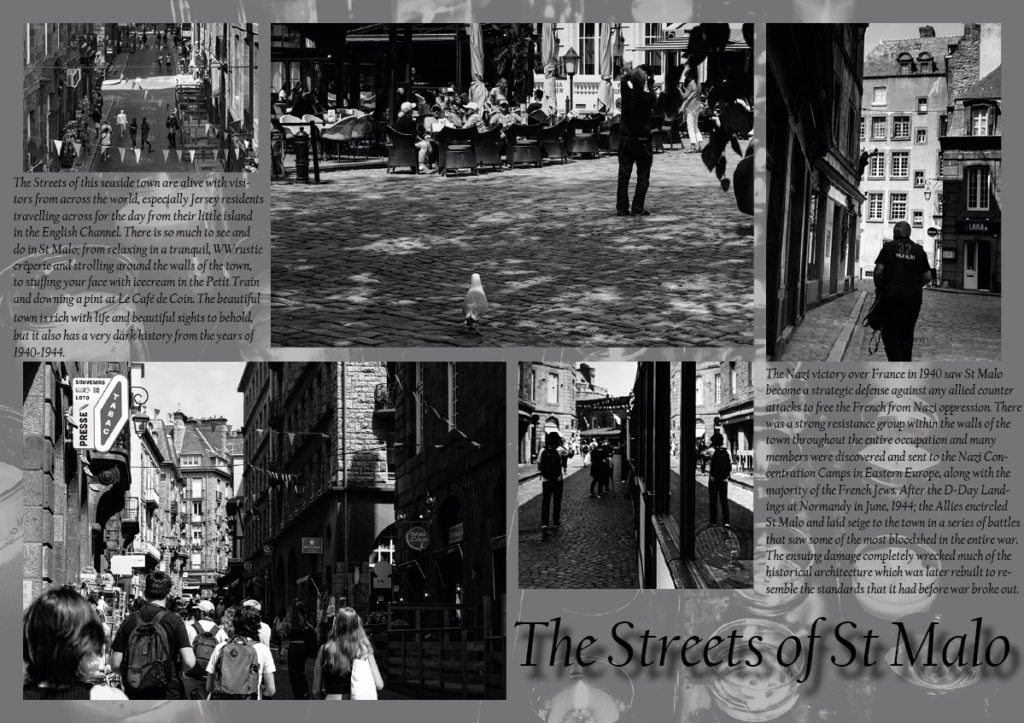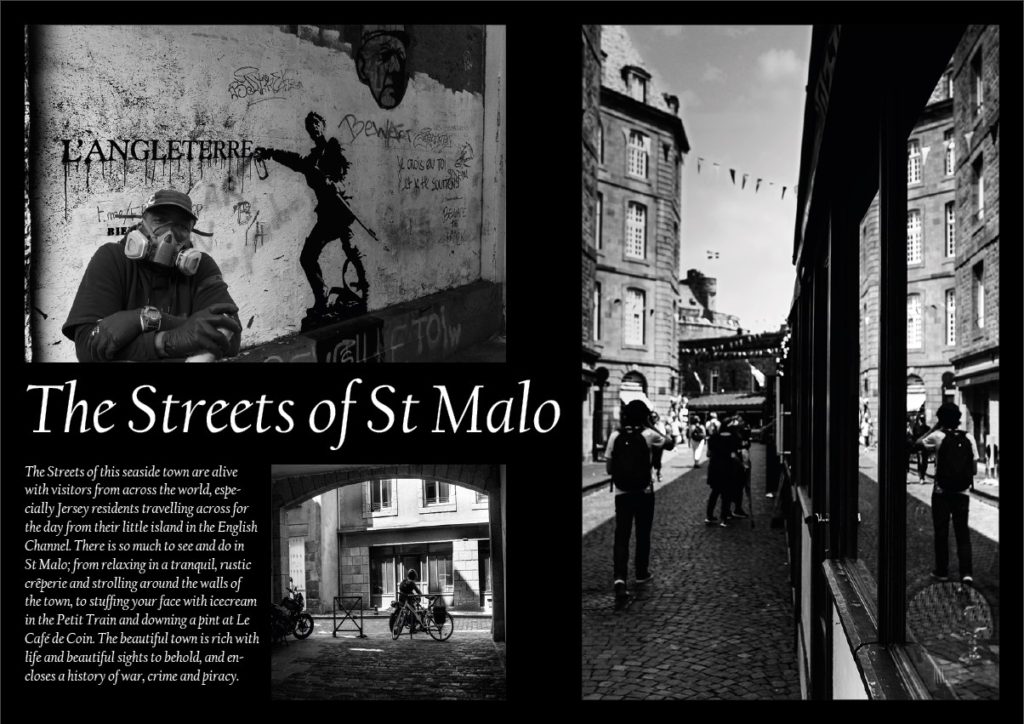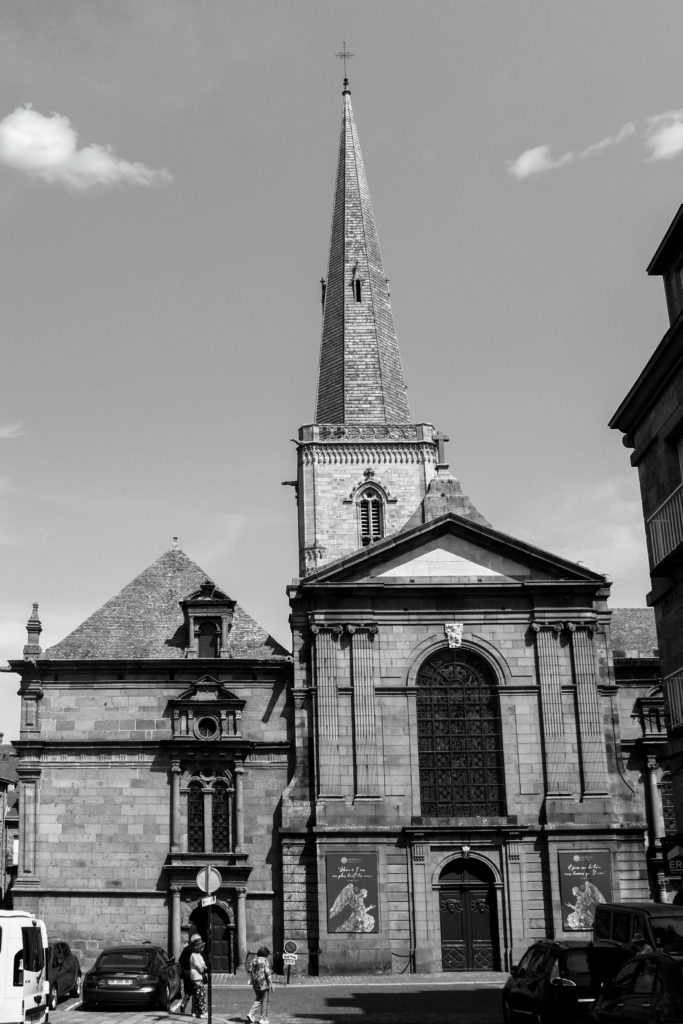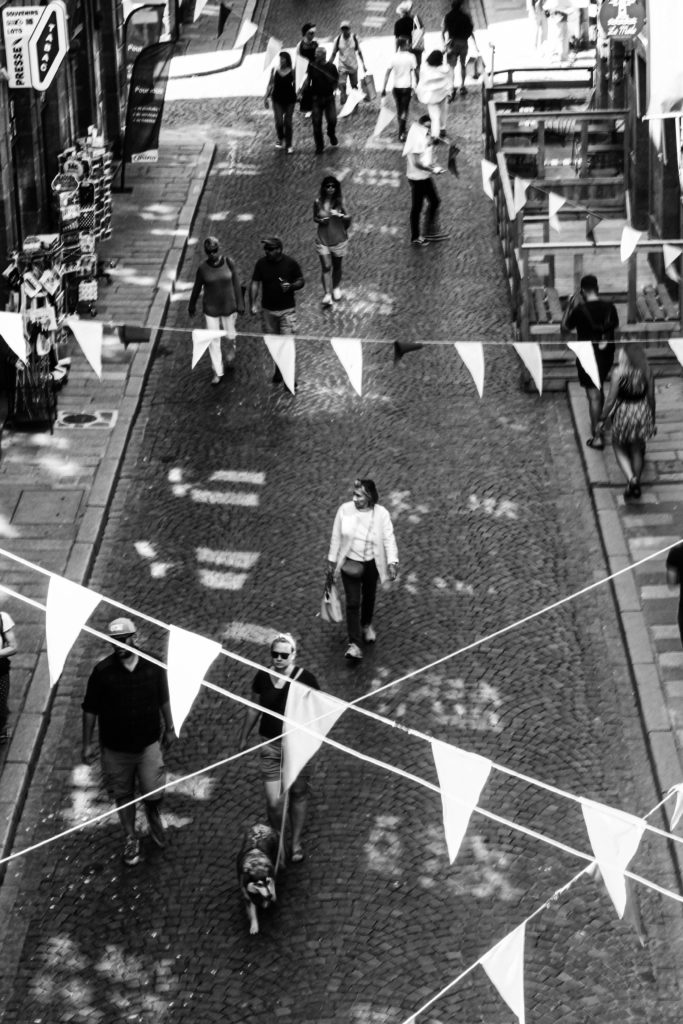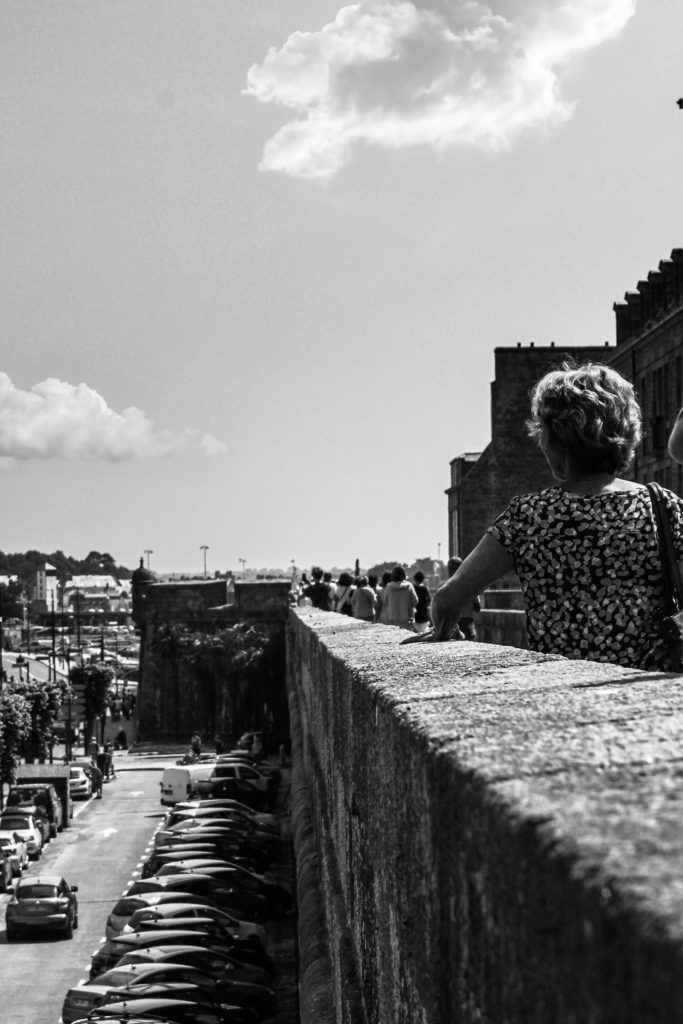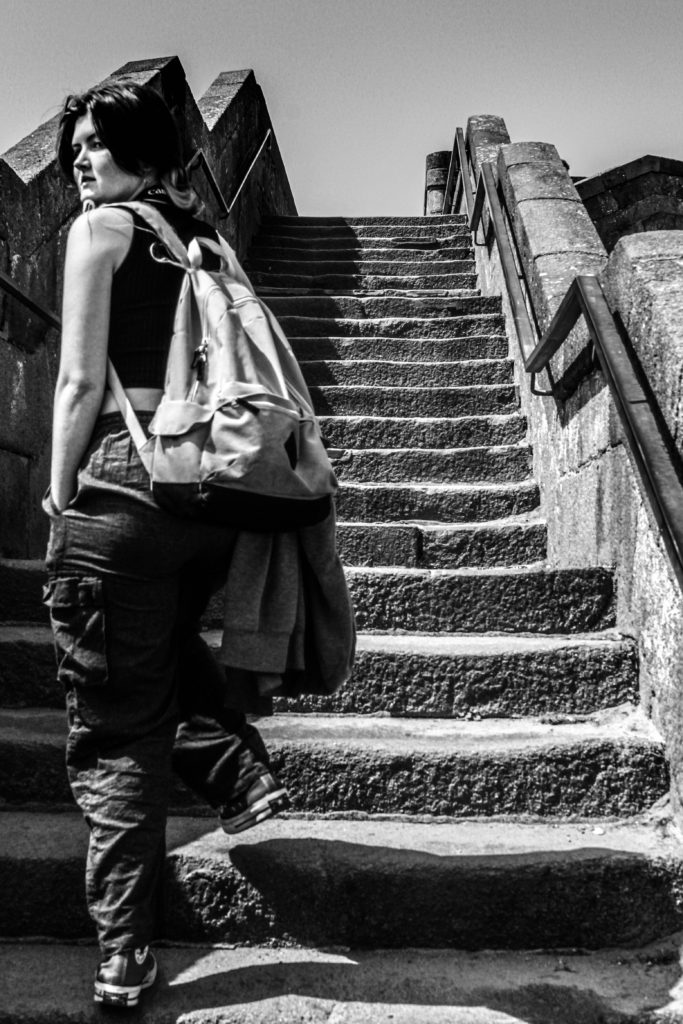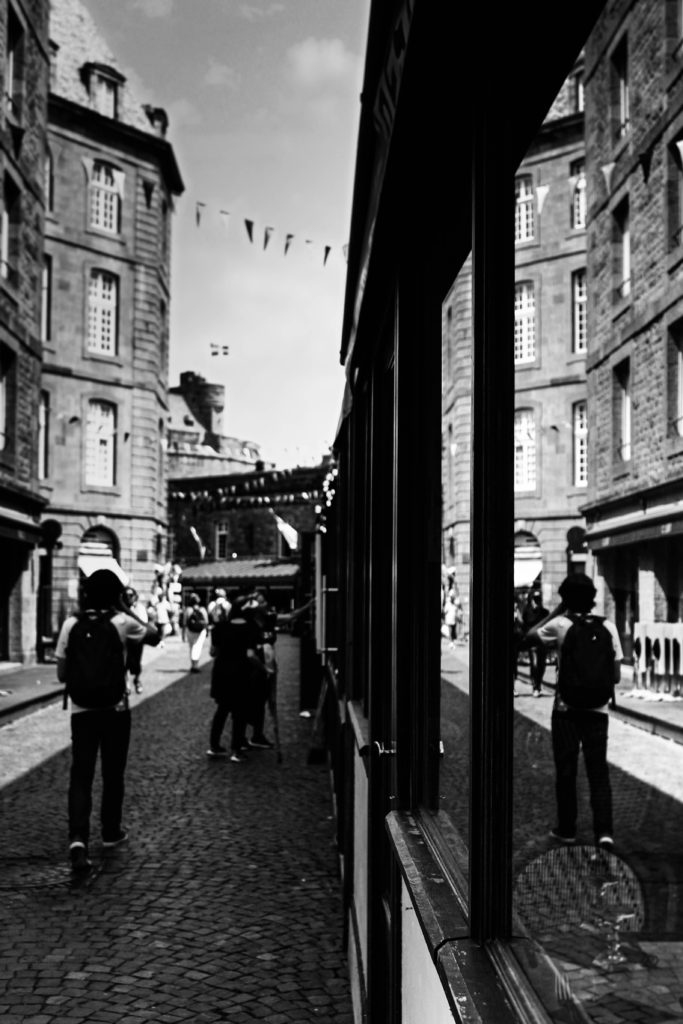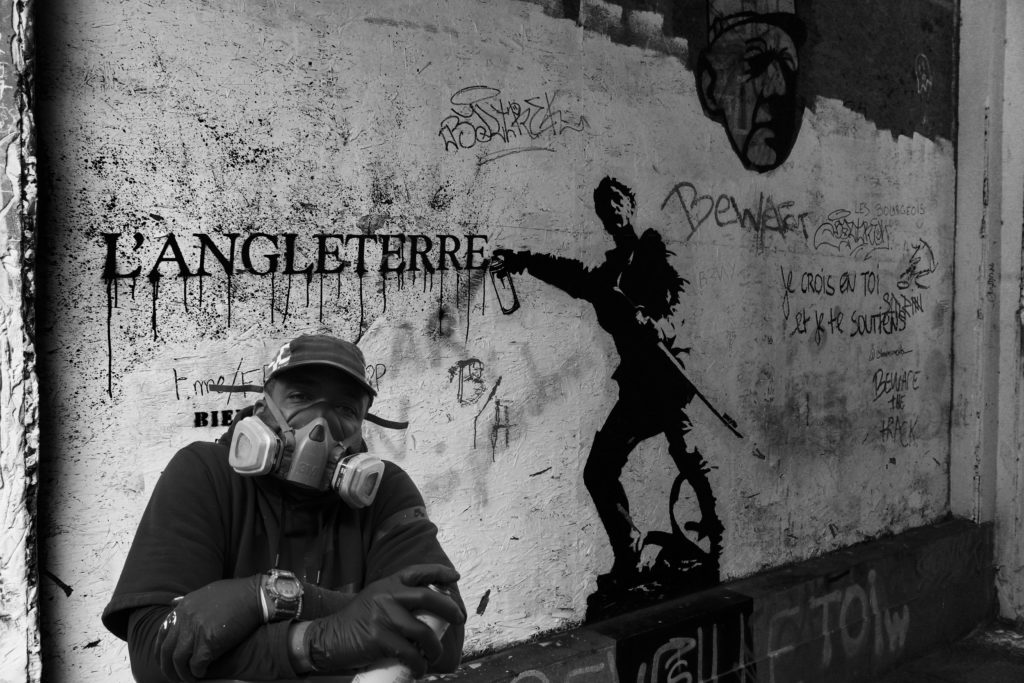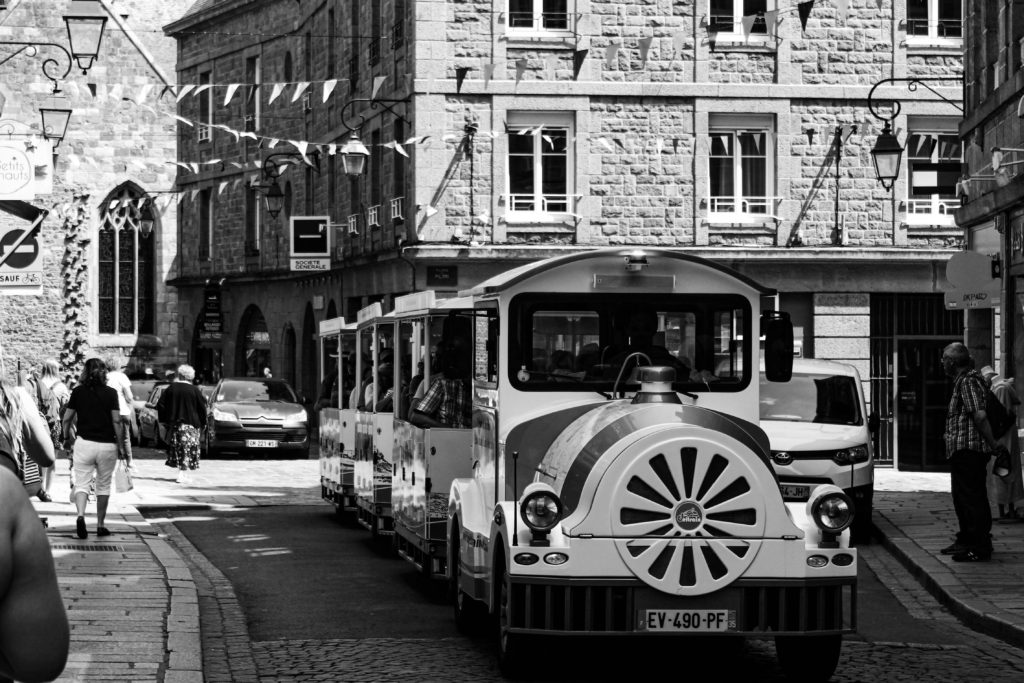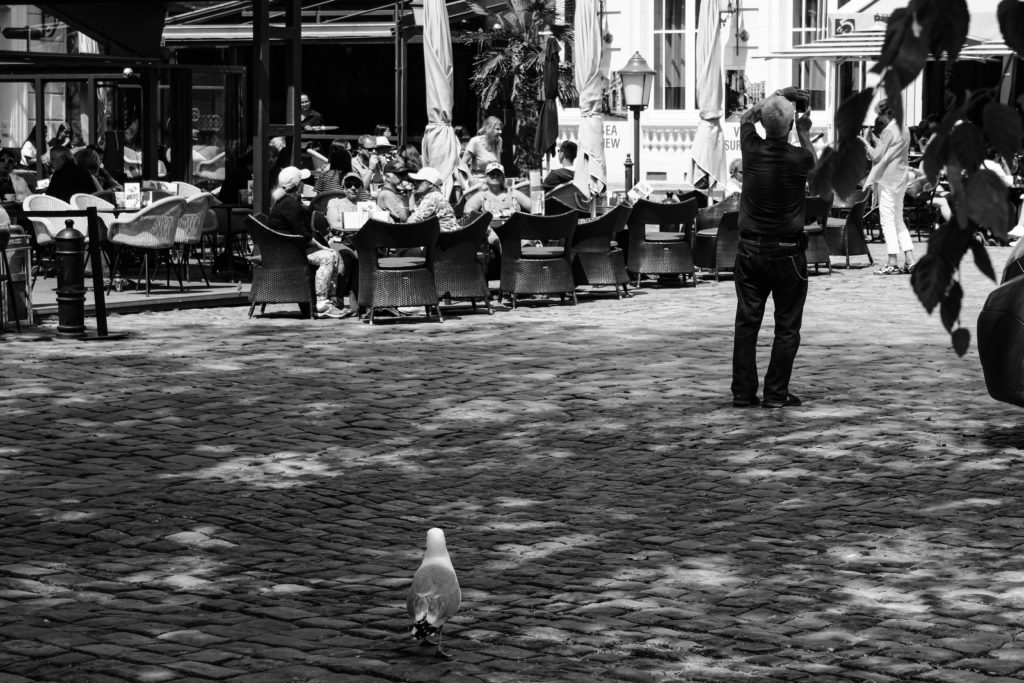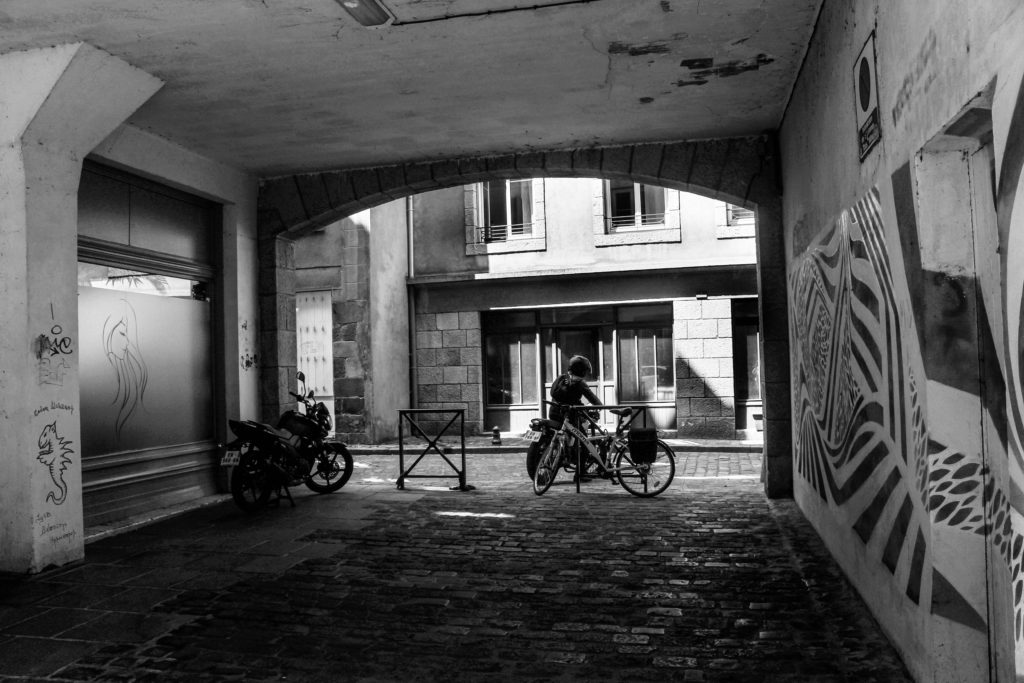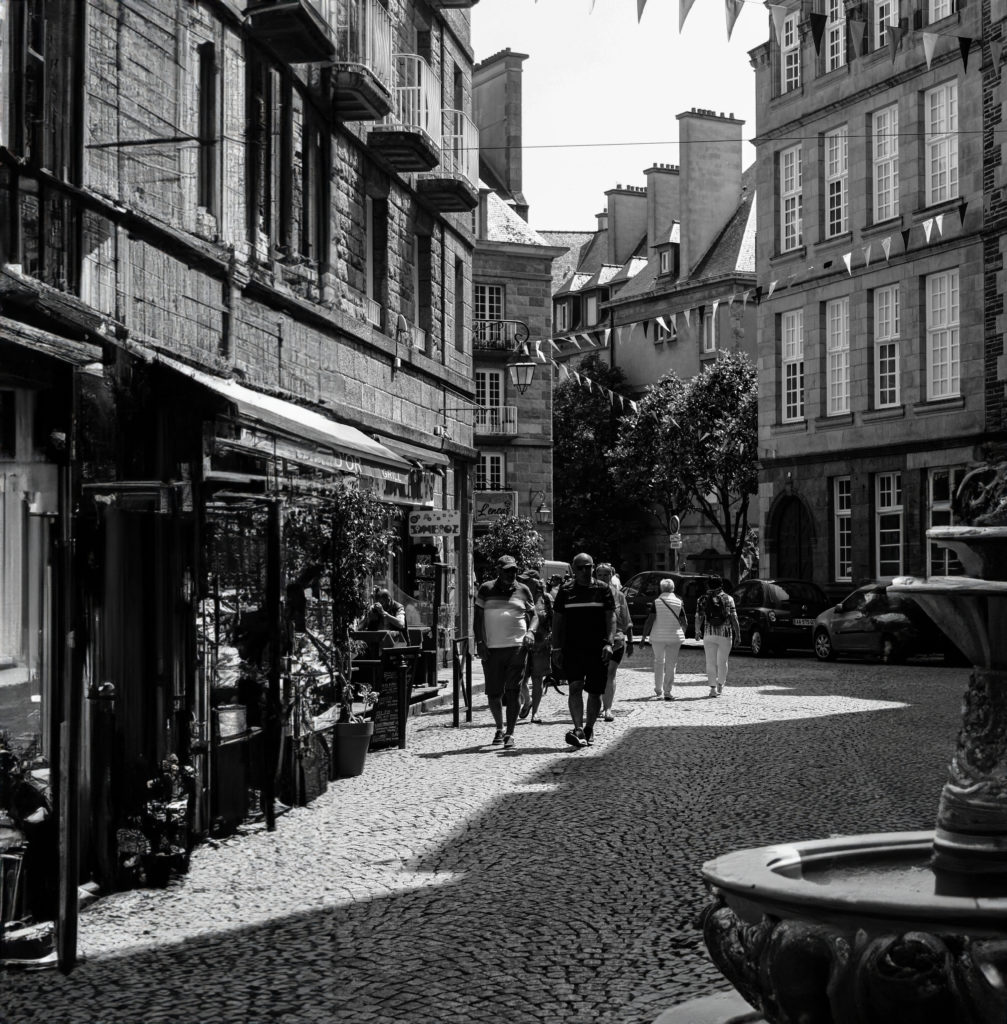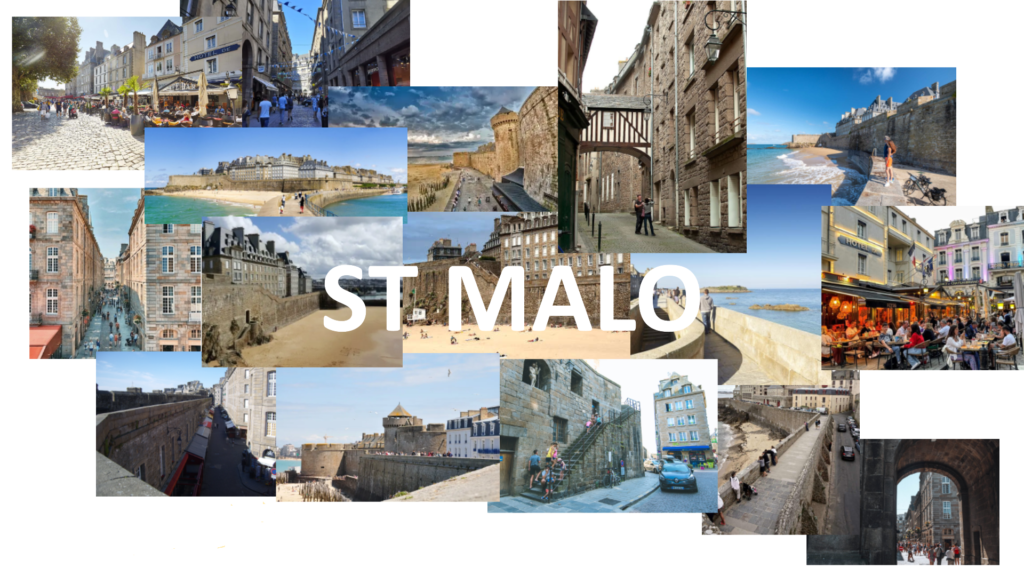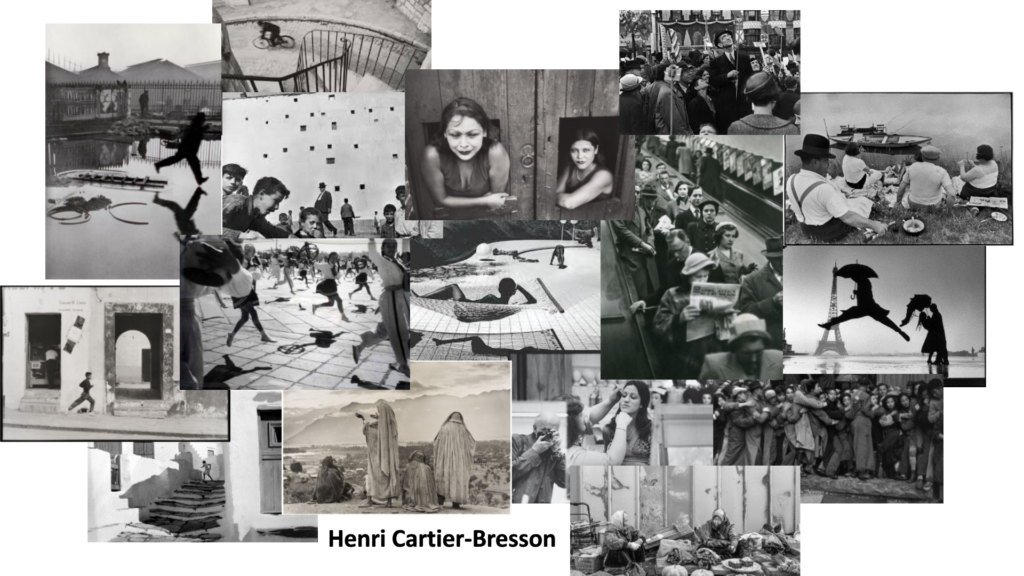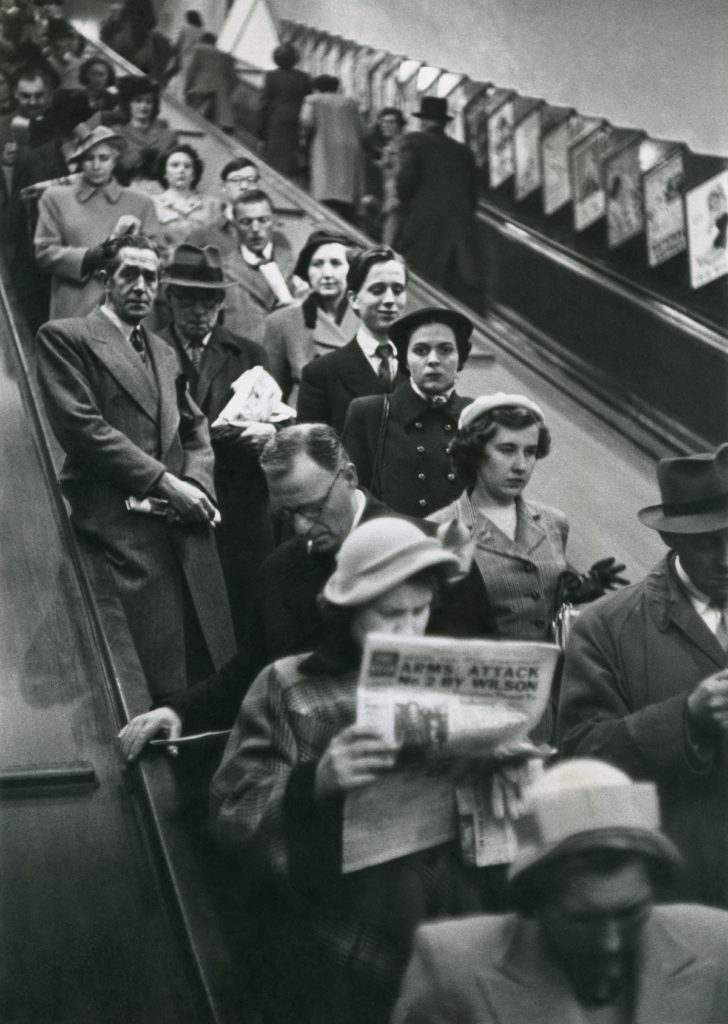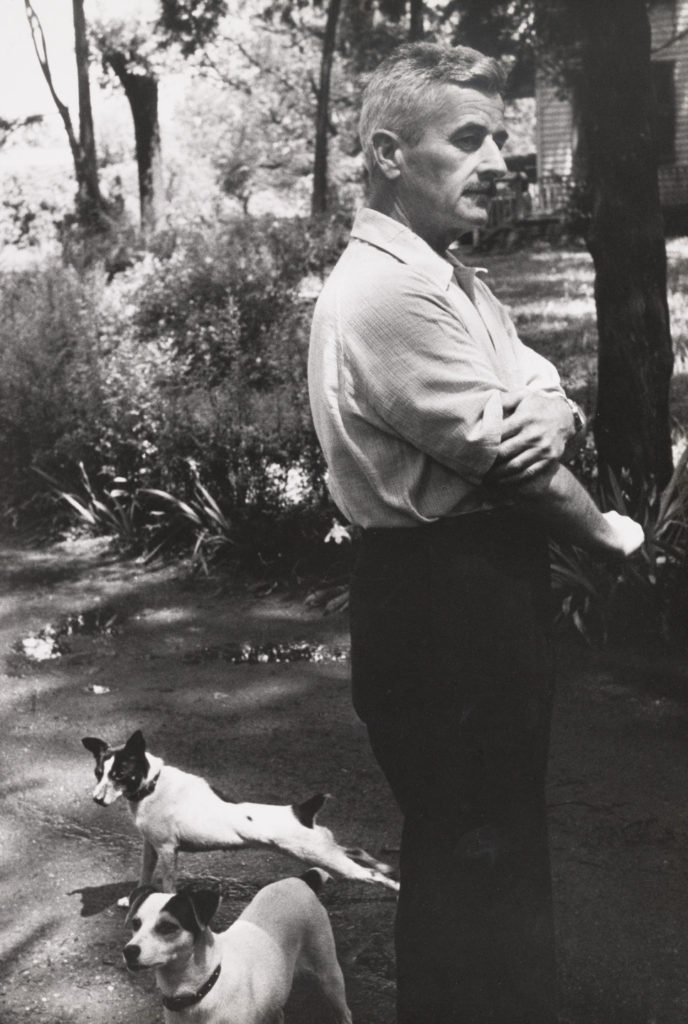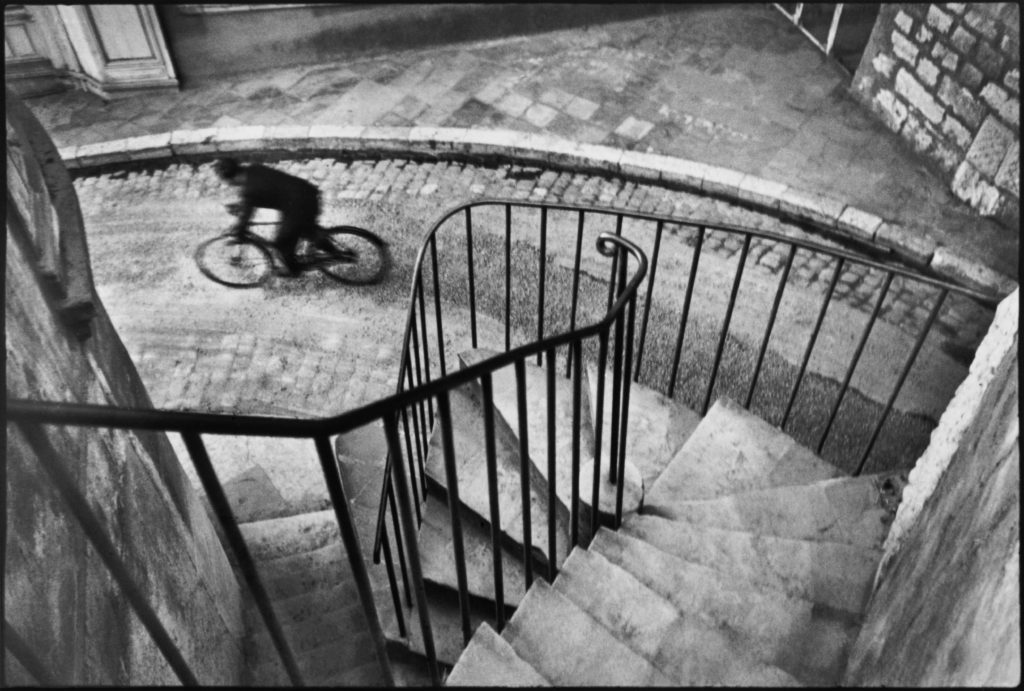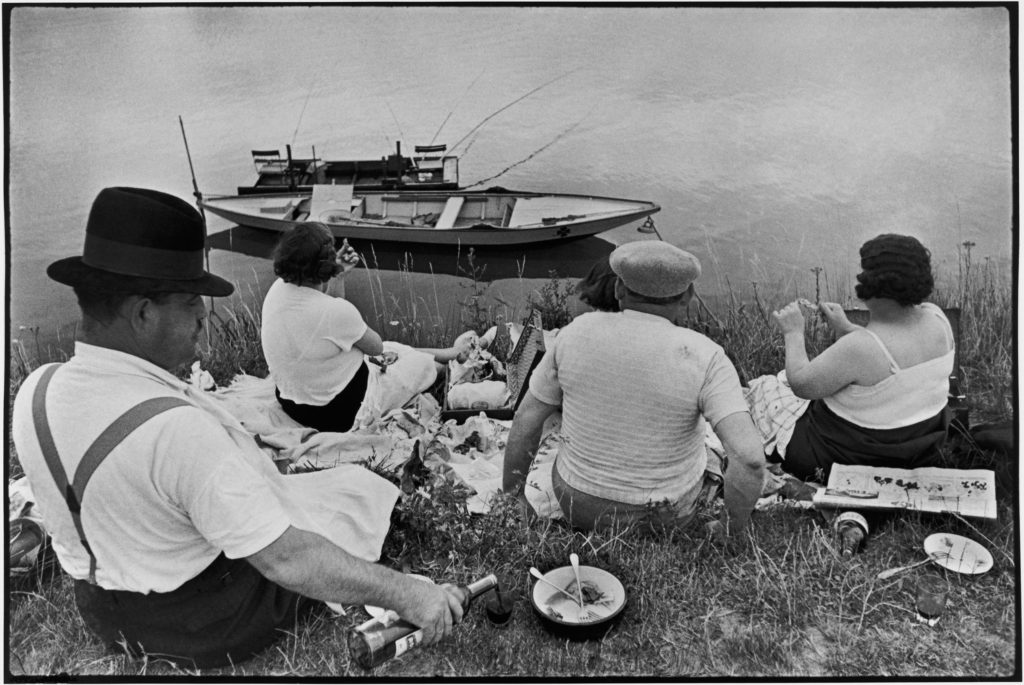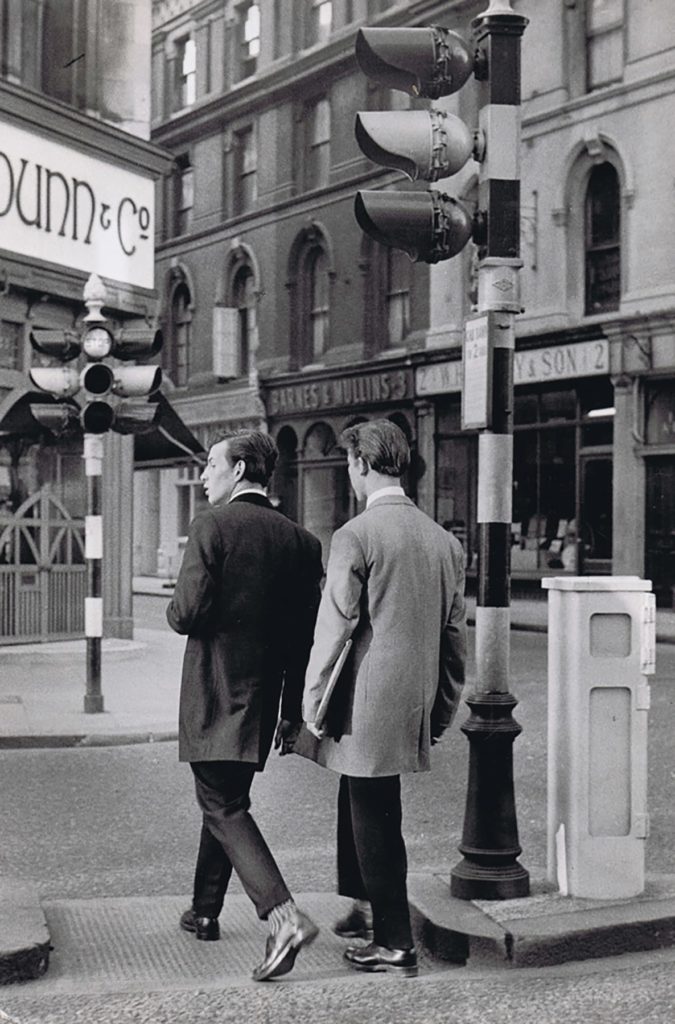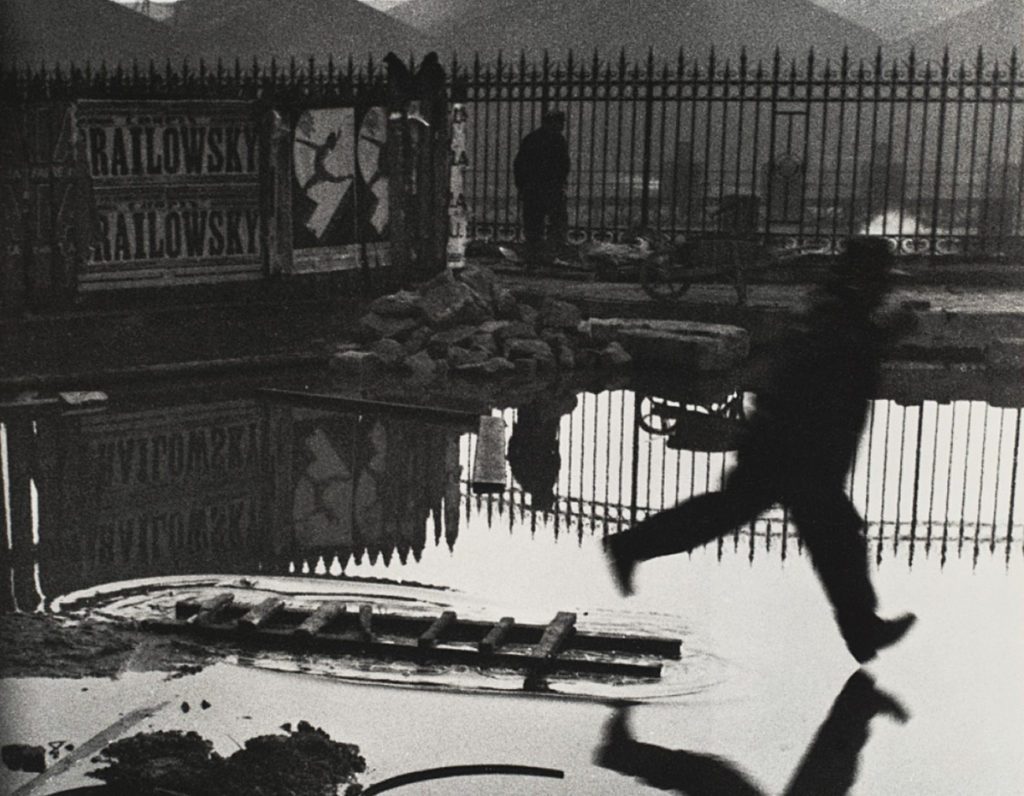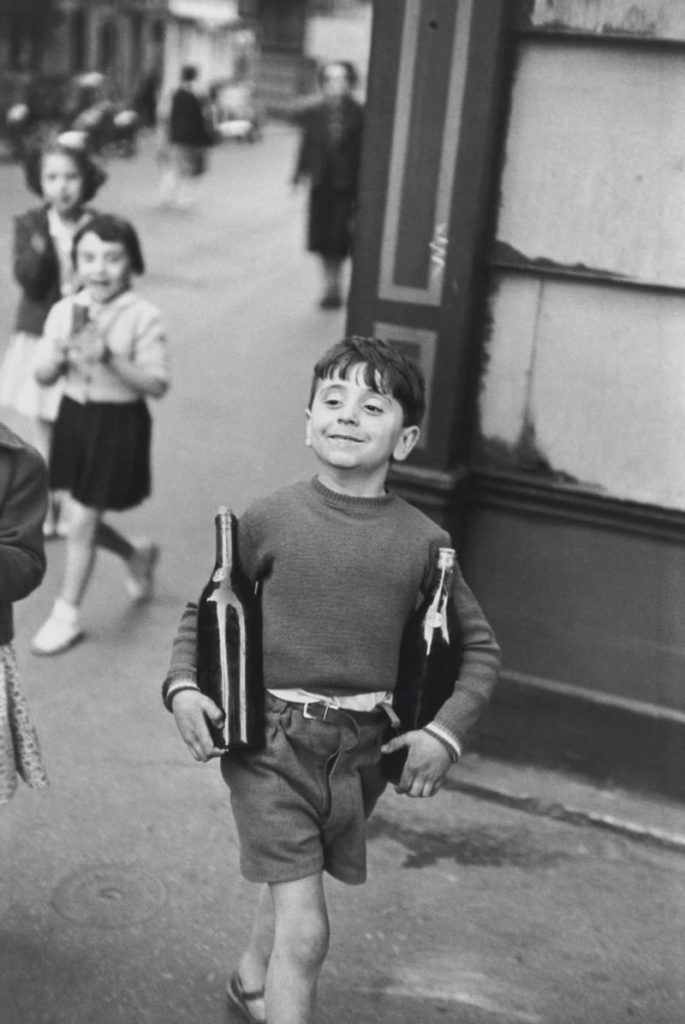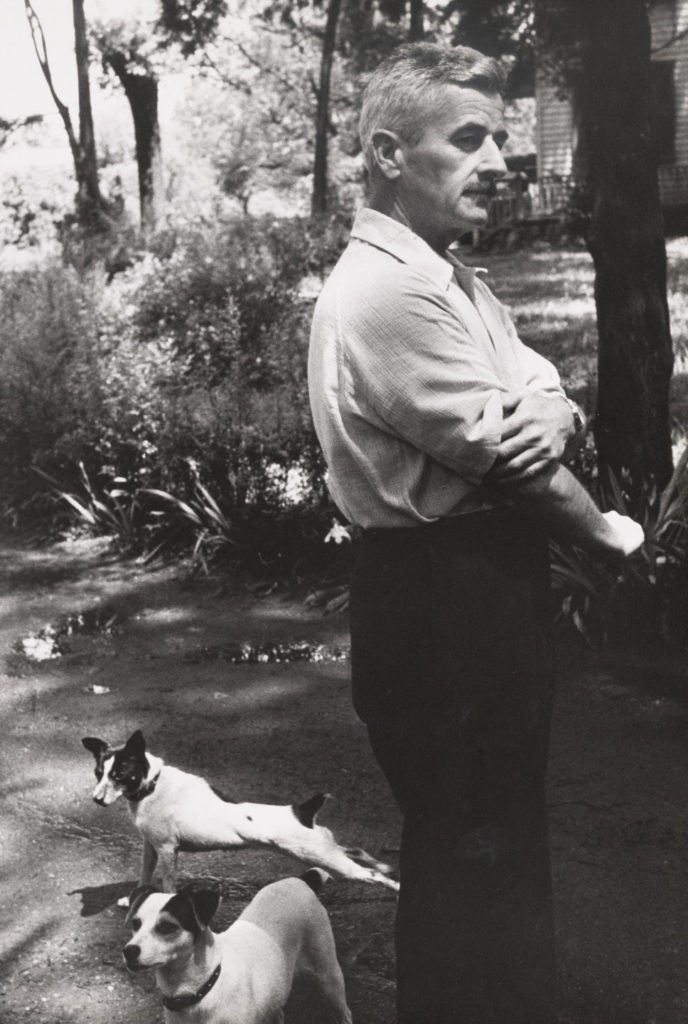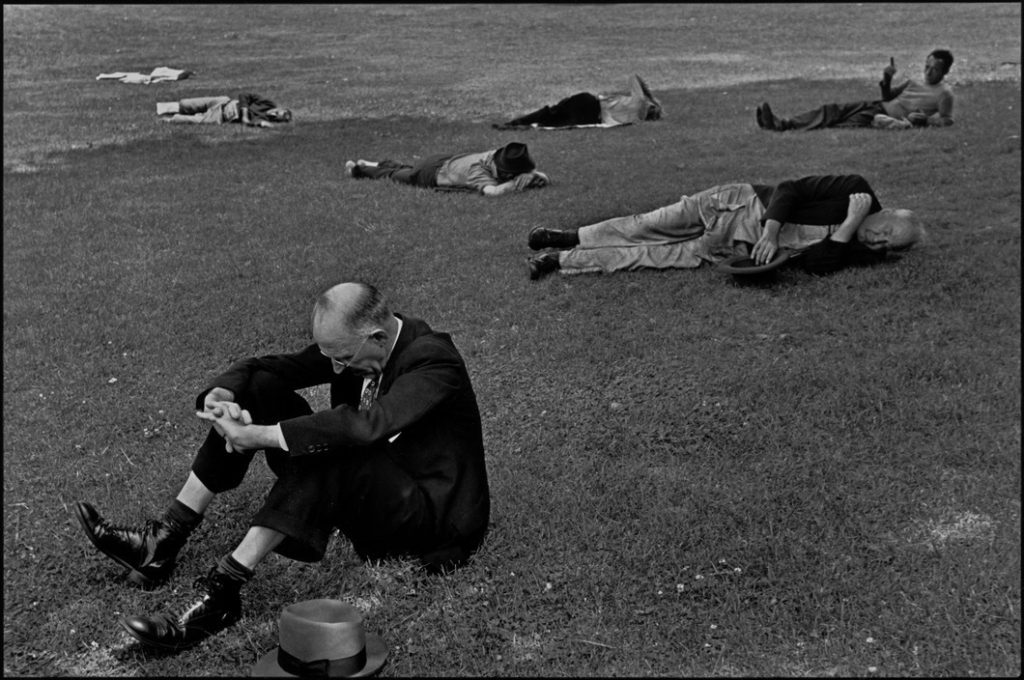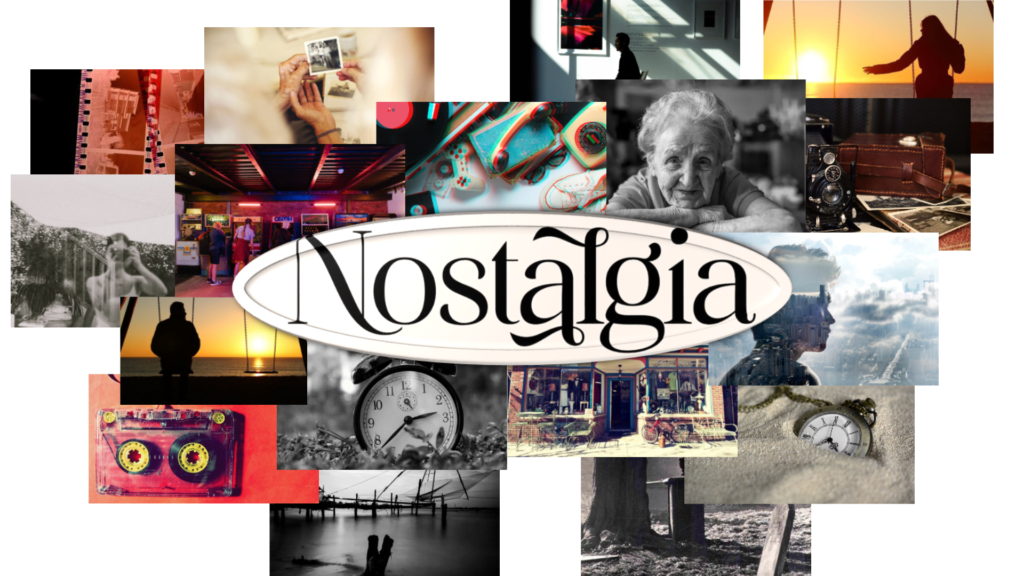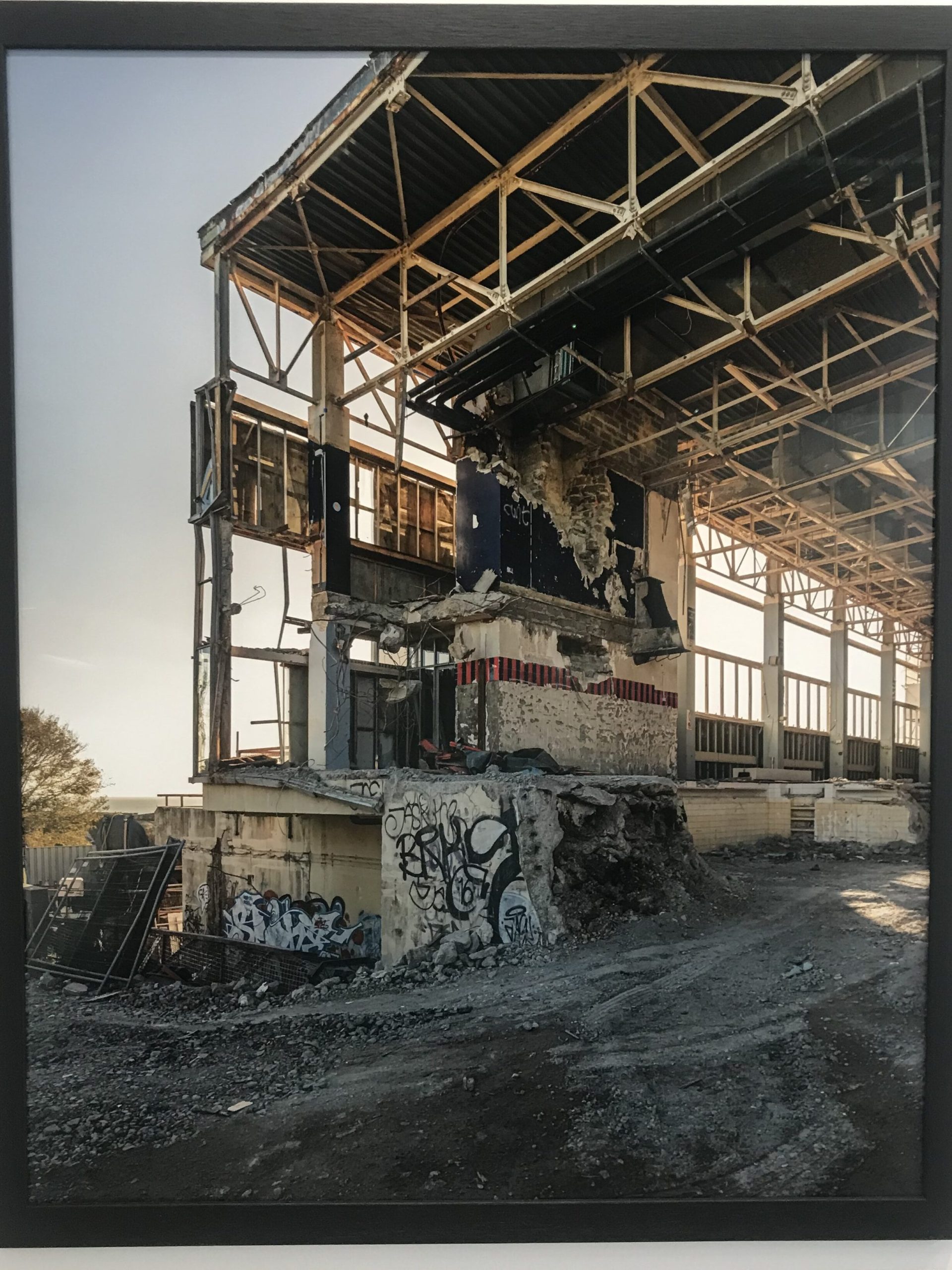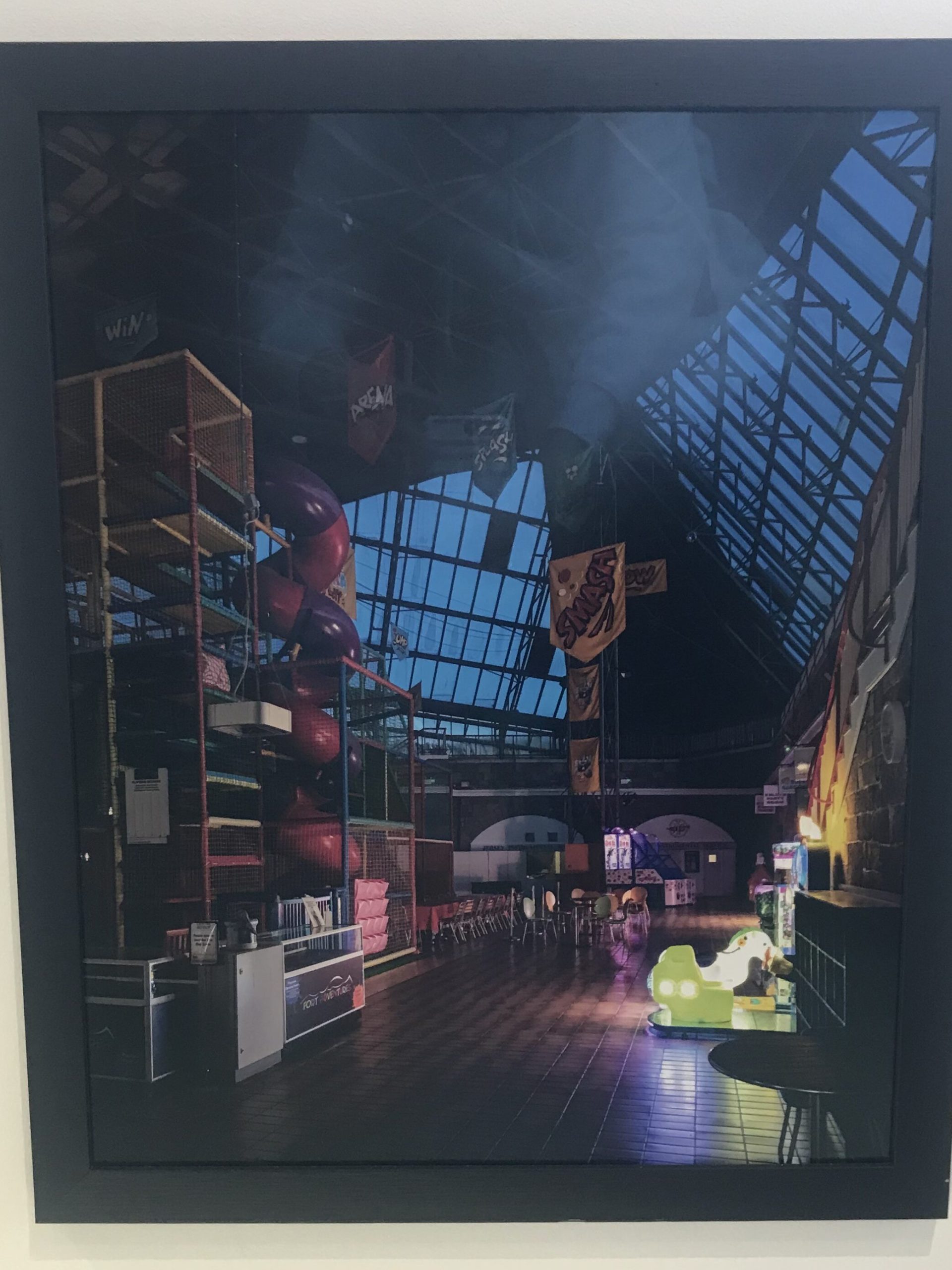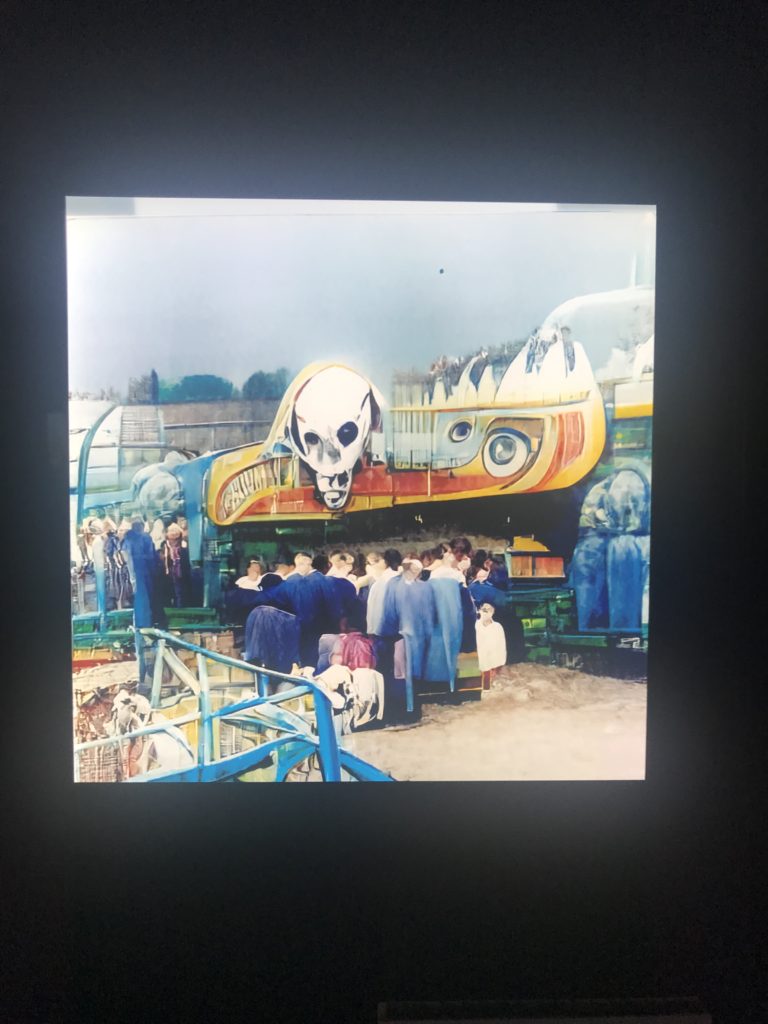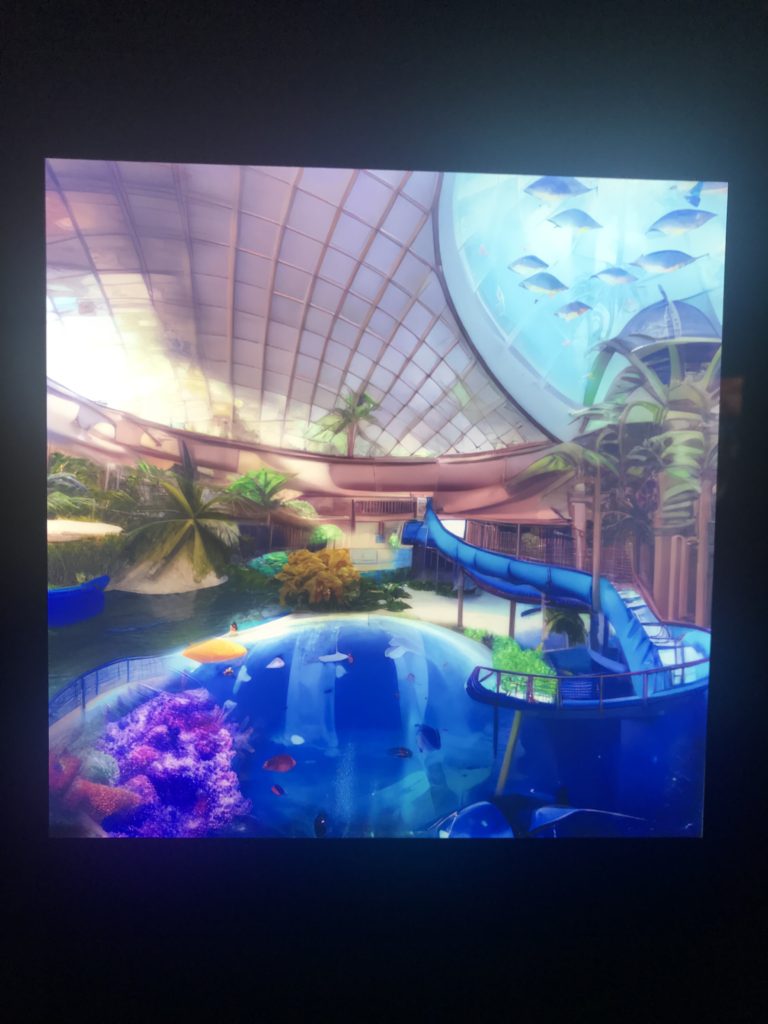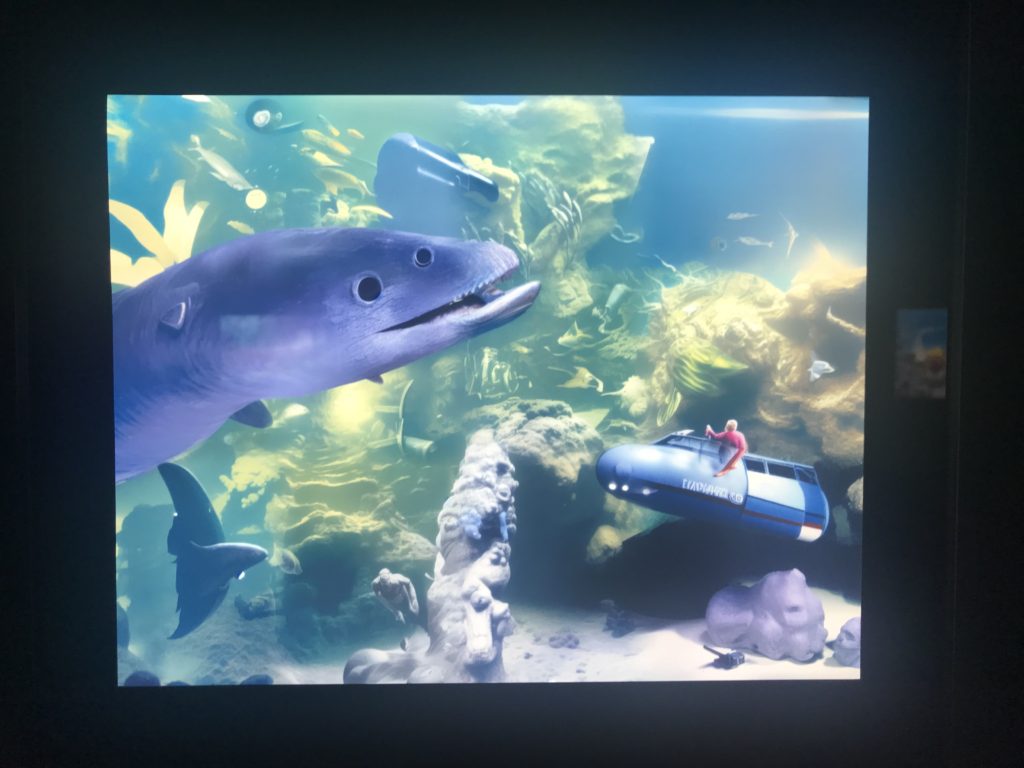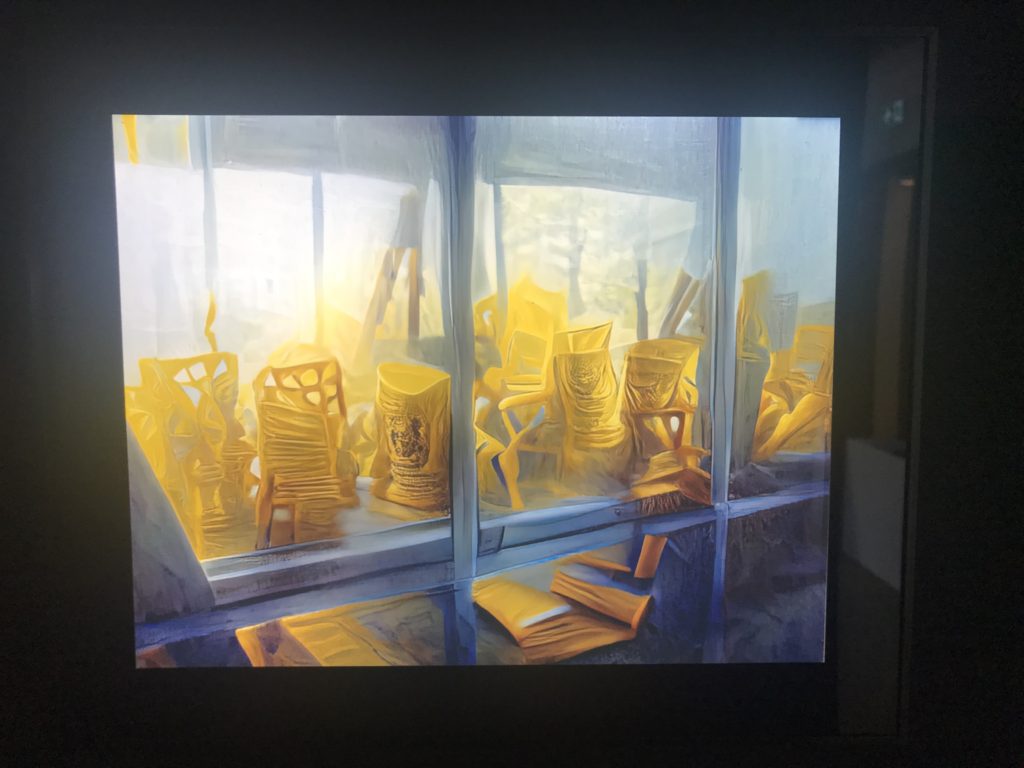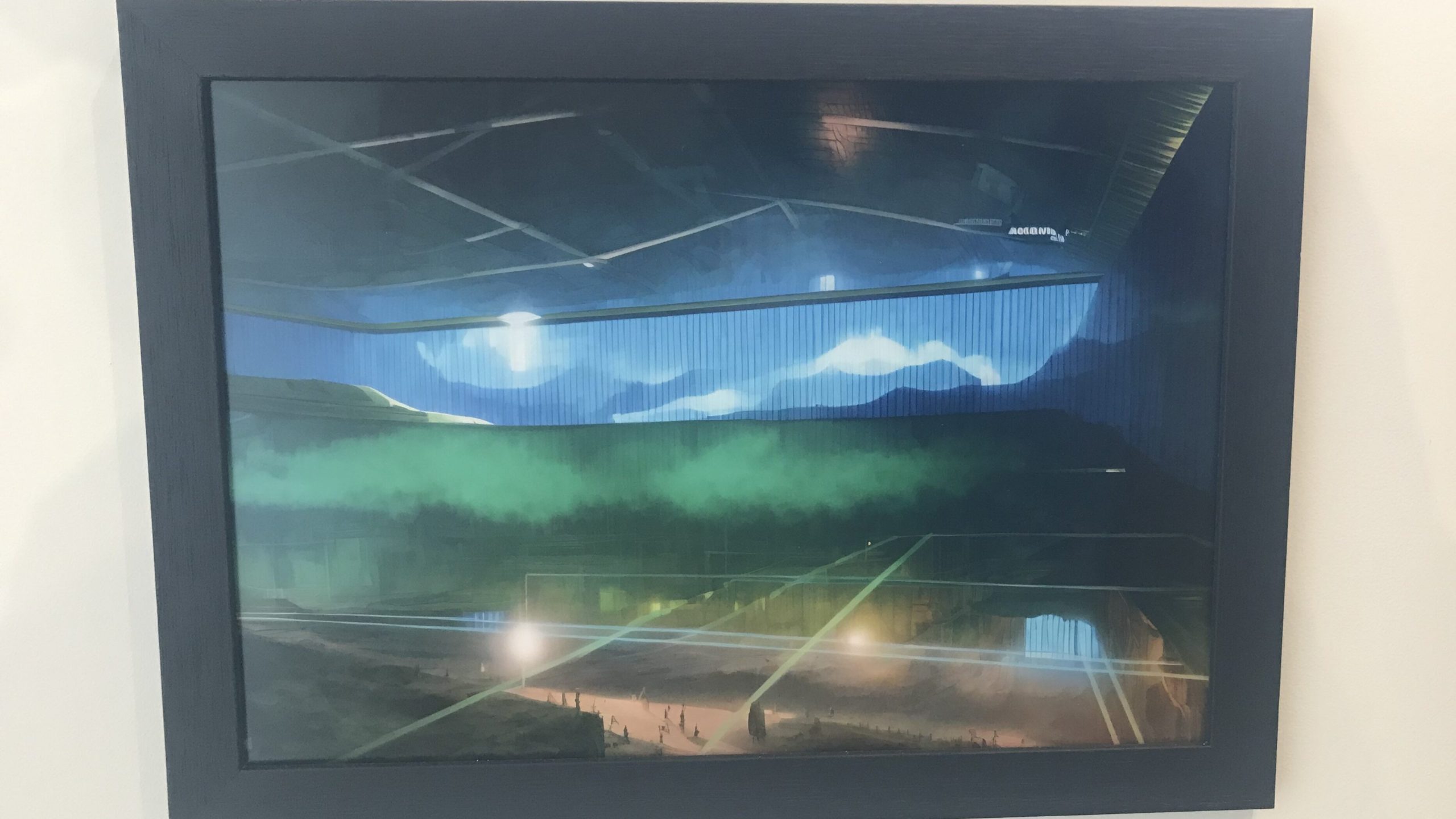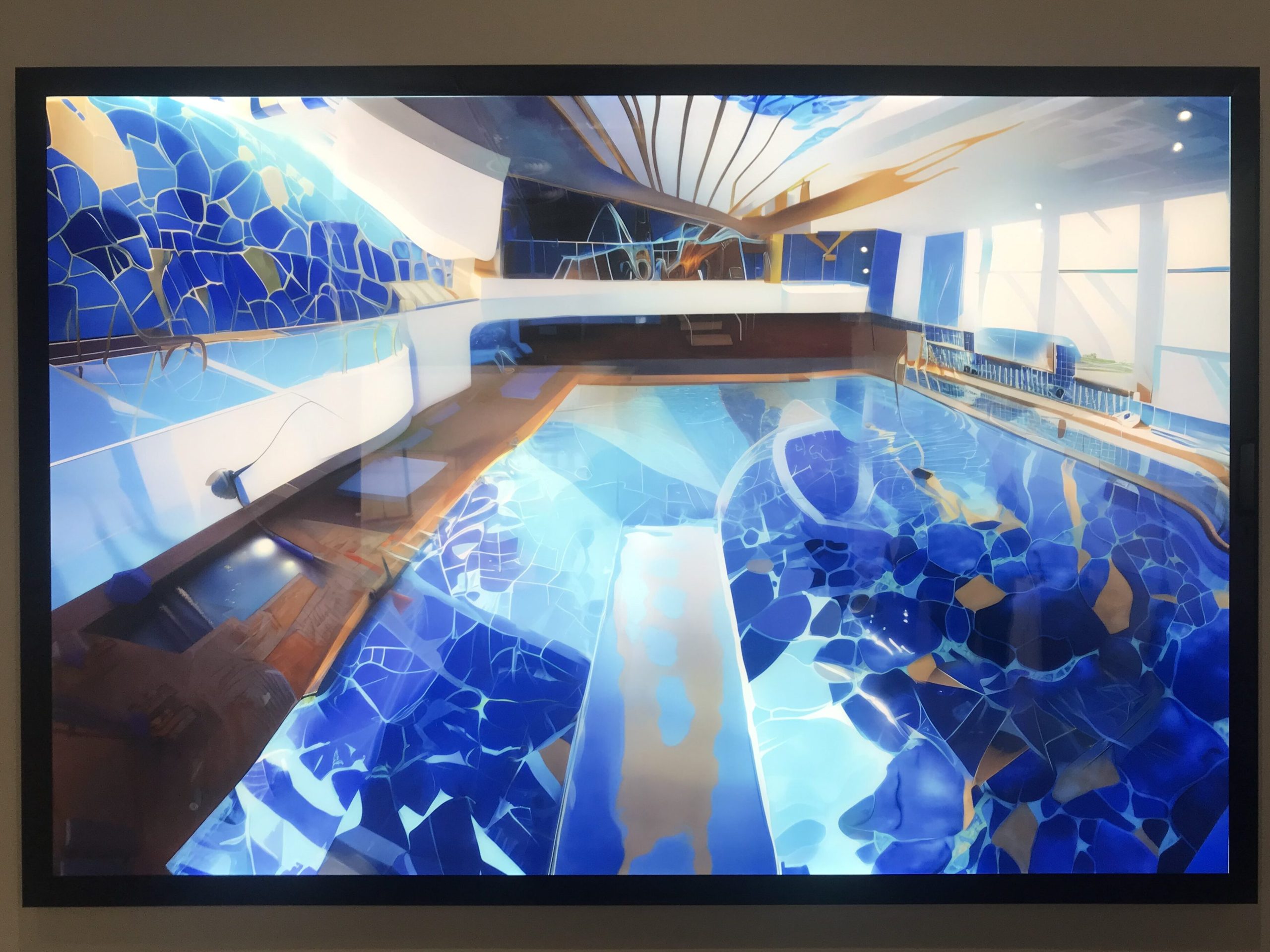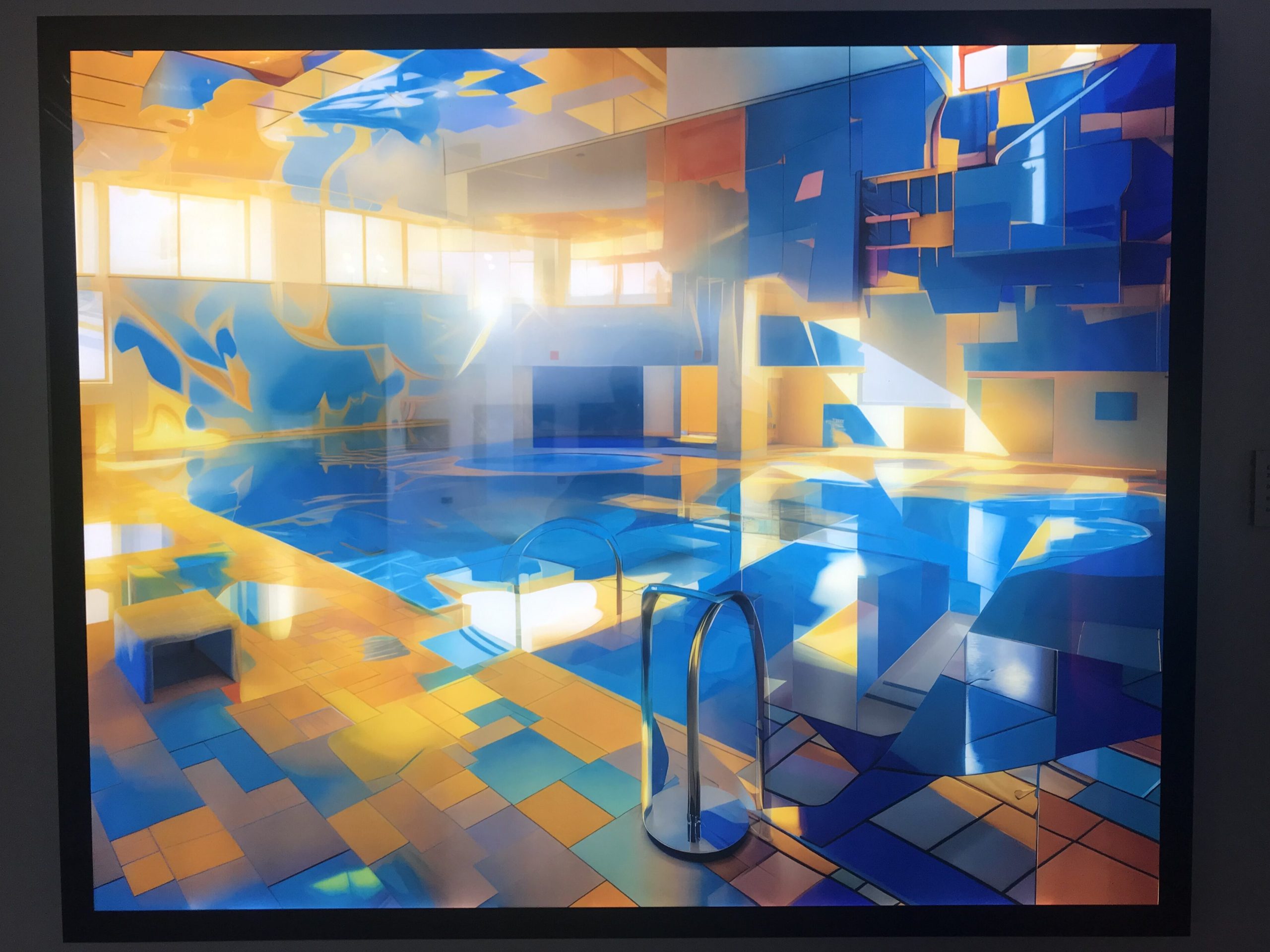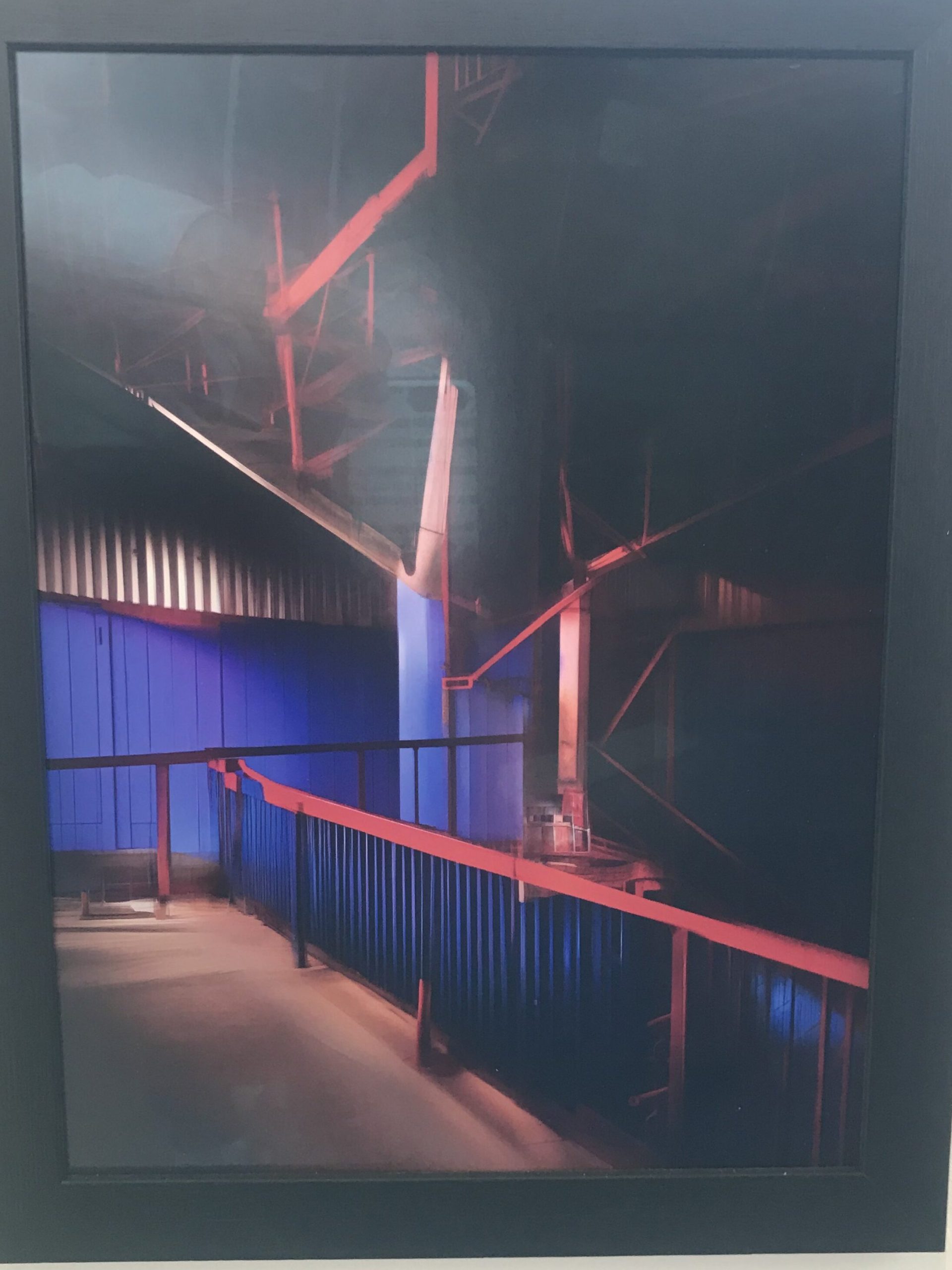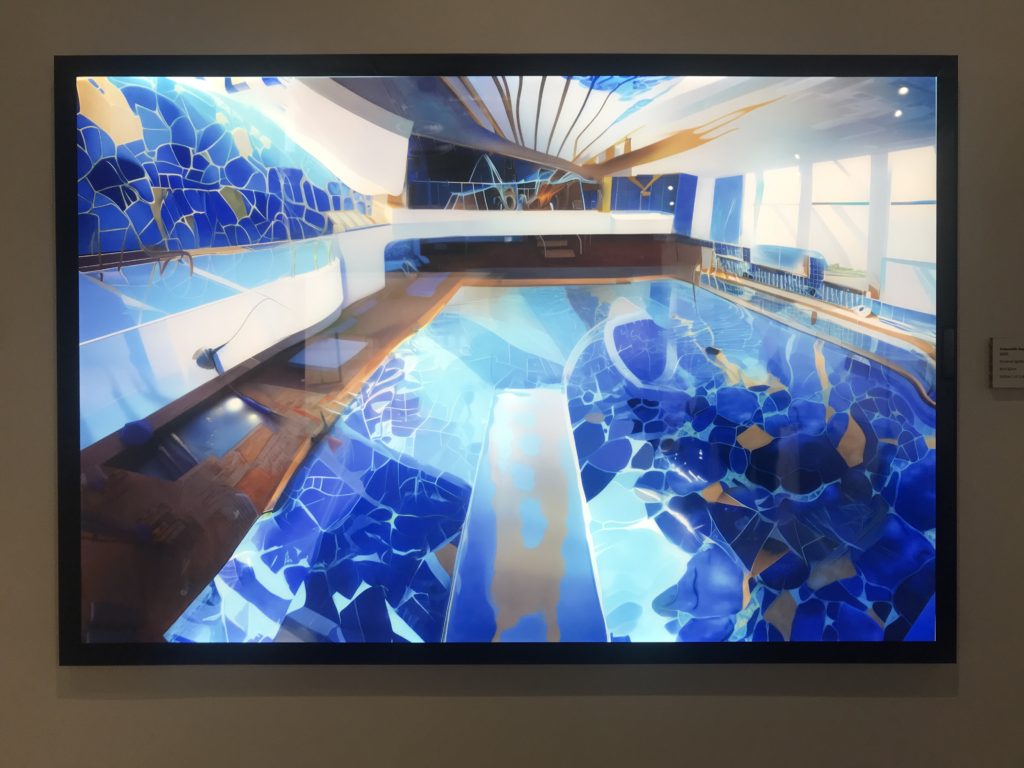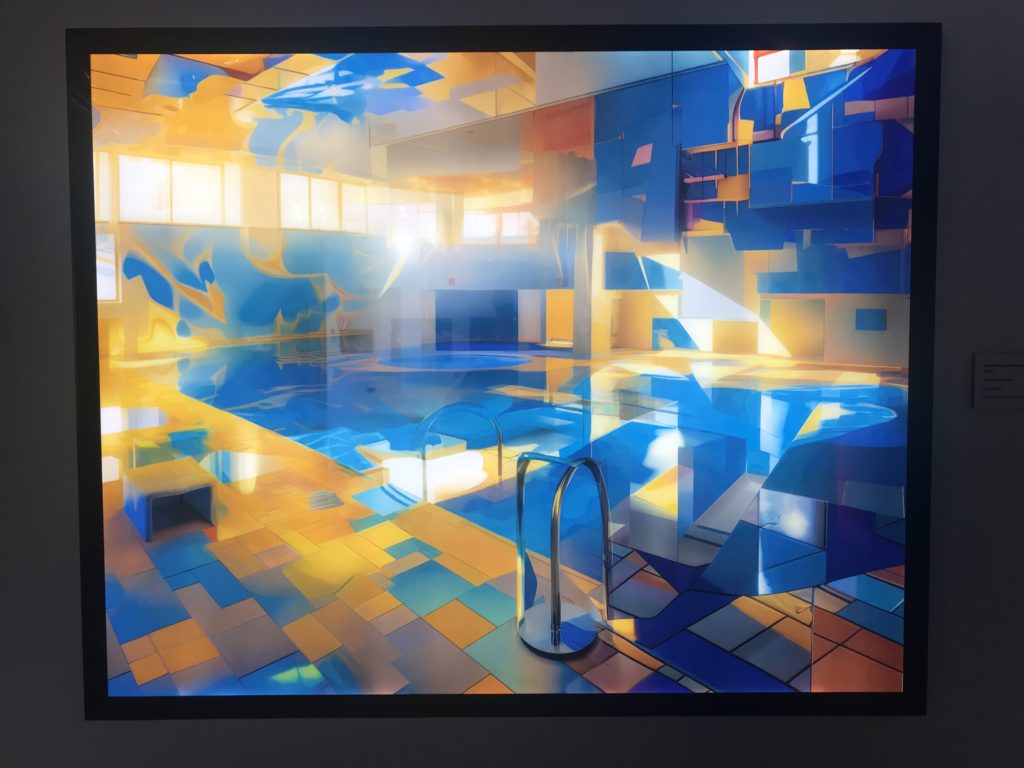Elizabeth Castle’s history spans across 1500 years from the death of St Helier in 555 AD to the Nazi Occupation of 1940-1945.
Mont Orgeuil (Gorey Castle) was now made obsolete with the invention of gunpowder warfare, especially as invading forces could easily position there guns on the Mont St Nicolas and easily destroy the castles walls. Building began in 1550 under Edward VI – the first Castle on the Mound.
Under Elizabeth I, construction was finished and the Castle was built larger than what it was planned to be after the threat of a second Spanish Armada after 1588. With a stronger castle, Elizabeth could launch ships from St Aubin’s Bay, one of the largest deep water bays in Europe, to stop the Spanish before they enter the English Channel. From then onwards, Elizabeth Castle became the primary defence centre for the island.
The queen initially named the fortress the ‘New Castle’ but with Sir Walter Raleigh as Governor of the island between 1600 and 1603, he renamed it as Elizabeth Castle to regain favour with the Queen, however, we do not know if this was intended to flatter Elizabeth I or his mistress of the time, her Lady in Waiting who was also named Elizabeth.
The strategic positioning of Elizabeth Castle meant that it could easily defend St Aubin’s Bay, one of the largest deep water bays in Europe as any cannon on the castle, being higher than sea level, could easily fire down on enemy ships. This not only gave the garrison a larger firing range but it also provided an easy defensive position as ships at sea level would find it very difficult to get close enough to even attempt a shot at the castle walls.
By the beginning of the Stuart era, The castle walls extended to where the Café is now with a monastery built in the parade ground. The Castle was one of the last Cavalier strongholds held against the Parliamentarian forces in the English Civil War. Jersey was loyal to the monarchy so when King Charles II was exiled (then the Prince of Wales) he was given sanctuary at Elizabeth Castle where he stayed in the Governor’s House with his brother in 1646. He later returned after the execution of his father with an entourage of 300 men in 1949 where he was proclaimed King for the first time by the people of Jersey. During his stay, Charles II pointed out the weakness of having an unprotected piece of land directly adjacent to the castle walls even with a natural sea moat, and he invested 3,000 pounds in the construction of the outer ward.
Once he had fled to France the Parliamentarian’s had taken the rest of the island with the help of Guernsey Militiamen and laid siege to the Castle. The Cavalier’s had enough supplies of food, fresh water and gunpowder to last for a further 18 months, but they made a fateful mistake. They stored all of the resources in the crypt of the Monastery that was where the Parade Ground is now. The Parliamentarian’s positioned siege mortars on South Hill (today Mount Bingham). Within their first bombardment of the castle, a mortar fell through the roof of the monastery, through the floors and into the garrison’s supply of gunpowder. The explosion that ensued destroyed all of the buildings of in the parade ground bar 1, the gate house which is now used the Castle’s café.
The Parade Ground was rebuilt during the Georgian era to how it is seen today with an Officer’s Barracks that housed 12 officers; an Infantry Barracks that housed 300 men with 6 wives of the Garrison staying the attic; a canteen at the North end; the Ordinance Store at the South; and the Gym, Library and Fire Station next to the Ordinance Store.
By the Battle of Jersey in 1781, the castle was armed with more 50 24lb Guns with a range that could easily cover the bay of St Aubin.
Storyline of the Battle of Jersey – 1781:
The French fleet under the command of the Baron de Ruellecourt, left the coast of France at 2300 hours on the 5th January arriving at La Roque at roughly 0500 hours on the morning of the 6th.
Their initial army included about 900 infantry plus 200 cavalry and 50 pieces of Artillery. With the help of Pierre Journeaux, a traitor that fled to France after being accused of murder, he guided the French shipping through the narrow channel in between the rocks at La Roque. The ships had to travel in single file and to avoid being spotted by Jersey Militiamen guarding the coast, they only had a single lantern lit behind each vessel. It is believed that one lantern must have been blown out and the following ships that contained all of the French artillery and cavalry strayed onto the rocks, 200 men drowned. Despite this, the French army continued to the Market Square (now the Royal Square) with 700 men arriving at about 0600 hours. They immediately secured the Court House.
Alerted by the noise of the French troops, people came to their doors to see what was happening. Jean De Ste Croix was bayoneted and struck on the head by a sword but managed to escape to a neighbour’s house. One of the sentries in the Piquet House near the Square in Church Street was killed but the other managed to escape and ran to the Hospital, which was being used as a barracks for the British troops of the 78th Regiment, and raised the alarm. By 7am, Lieutenant Governor Moyse Corbet, still in his nightshirt, was captured. Dressing hurriedly, he was escorted to the Court House where he was met by de Rullecourt, who demanded that Corbet sign articles of surrender. British regiments and the Jersey Militia began to gather across the Island in response to messages and alarm guns being fired.
To ensure the success of his occupation, de Rullecourt needed to neutralise Elizabeth Castle and get the garrison there to surrender. He sent a demand for surrender which was pocketed by Captain Mulcaster. His attack on the Castle was repulsed by a single warning shot fired from the Gate Battery, killing two men and removing the leg of a French officer, forcing French forces to retreat. A second party of French officers demanded the surrender of the Castle and again this was refused. By now it was 10.45am and the incoming tide was covering the causeway. With French forces at the opposite end, Mulcaster could only send a few troops across to aid the main contingent in the Battle, the rest were stranded at the castle.
Major Francis Peirson, the leader of the British forces, began positioning his troops on Gallows Hill (Westmount). He sent soldiers to South Hill so they could fire onto the Square from above and he gave the order to march on Town.
French forces took three militia cannon from the Town Church and placed them in the entrances to the Square. The two placed by the Town Guard House were pointed straight down into La Grande Rue (Broad Street) in the direction of the advancing British troops. Inexperienced French gunners set them too high and when the first was fired at 40 metres, the shot sailed harmlessly over the advancing troops. Seeing this, the men tending the second cannon panicked and fled, abandoning both cannon. At the same time, the fire from troops on South Hill was so intense that many French troops took shelter in the houses surrounding the Square.
Meanwhile, Peirson led his men into the Square. Realising that they were in danger of being caught in the line of fire, he was motioning his men back when he was struck by a bullet. His men dragged him to the safety of Mrs Fiott’s house nearby (now a shop on the corner of the Square) where he died. He was only 24 years old.
Finding themselves attacked from all sides, the French began to waver. De Rullecourt emerged from the Court House with Lieutenant Governor Corbet at his side, possibly with the intention of surrendering, when he was struck by musket balls fired by the 78th Highlanders. Two balls passed through his thigh, a third went through his neck and a fourth shattered his jaw. The French invasion was over. Miraculously, Corbet, despite having his hat shot away, survived unscathed. De Rullecourt was carried over to Dr Lerrier’s House on the east side of the Square where he died six hours later.
With Peirson dead, Corbet resumed command of the British forces in the Island as French prisoners were rounded up. The rank and file were held in the Town Church and the Officers were held in the Royal Court House. Corbet was later court-martialled and found guilty of surrendering.
The overall numbers included:
- 71 English dead or wounded
- 158 French dead or wounded
- 600 French captured
After the battle it was decided to build Fort Regent and make that the Primary Defence centre of the island as Elizabeth Castle was proven to be useless if their was an attack from elsewhere in the island.
That was the last invasion until the Nazi Occupation during the Second World War. The fast moving War Machine of the Nazi’s meant that there was a steady supply of Russian and Polish slave workers being shipped into the islands wher they were put to work to fortify the Channel islands as part of Rommel’s Atlantic Wall. Two artillery bunkers were built on the EAst and West sides of the Castle with guns powerful enough to hit Gorey and Corbier on their respective sides. A Fire Control Tower was built at the very of the castle with multiple Anti-Aircraft positions situated around it to protect the castle. An Anti-Tank Gun is positioned at the gate Battery to protect from attack from the island and if needed could be used to hit the town. A searchlight on rail-tracks could be wheeled out of its protective bunker under the Georgian Hospital to a position that could patrol the harbour. 100 Nazi Soldiers lived out at the castle and nothing has been changed at the castle until today. The majority of the bunkers are open to the public, with the guns being the originals and were never removed from their positions.




